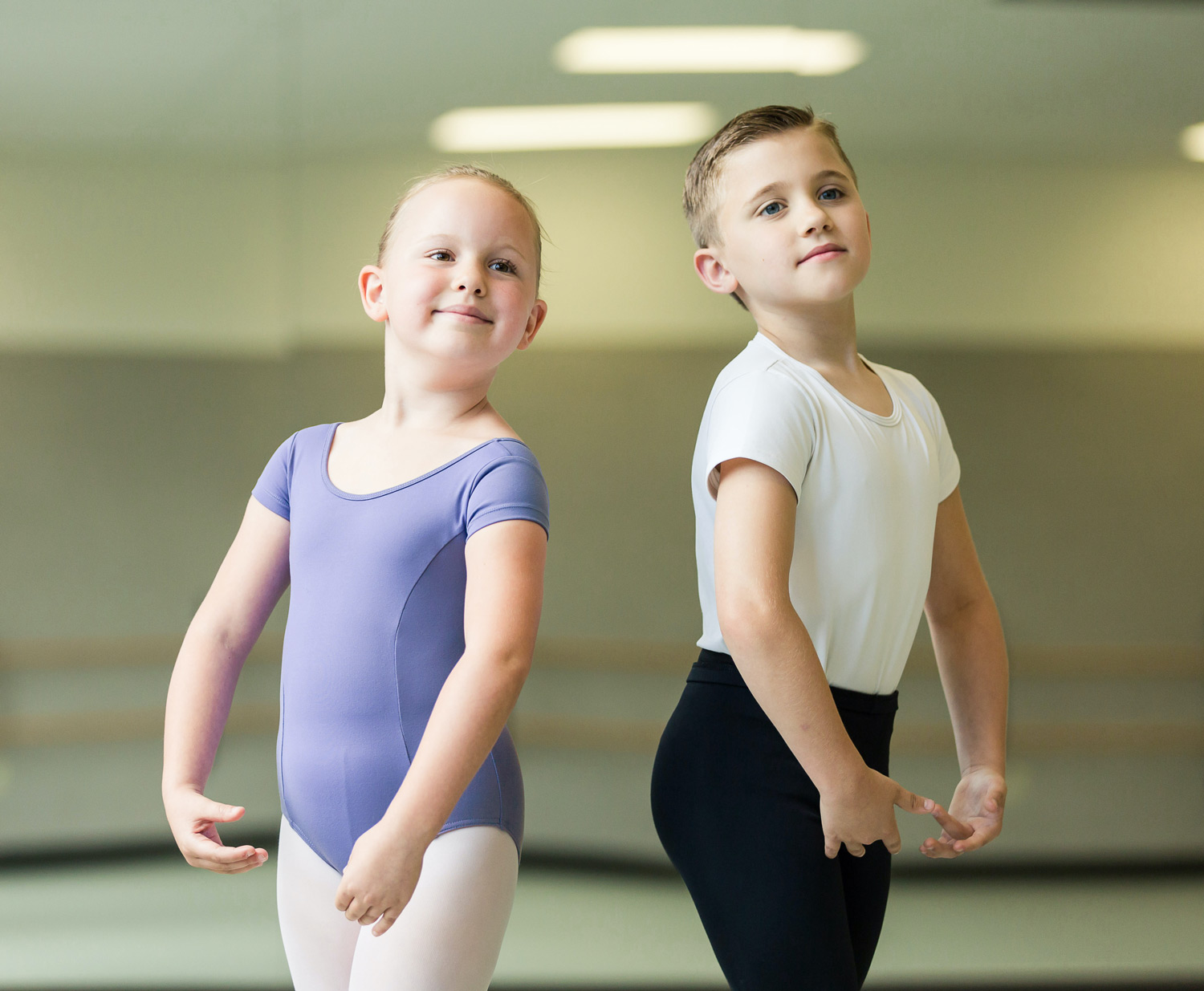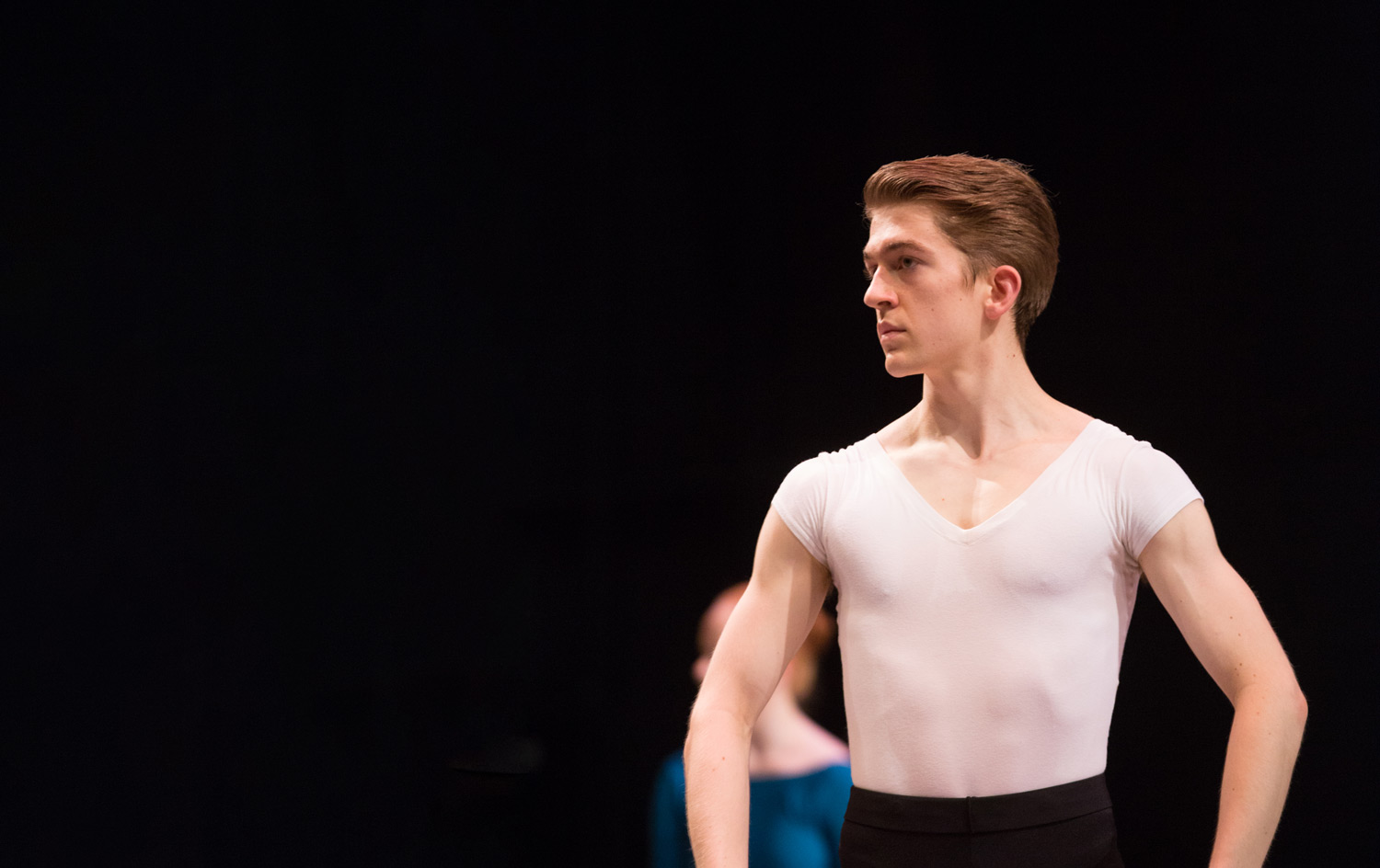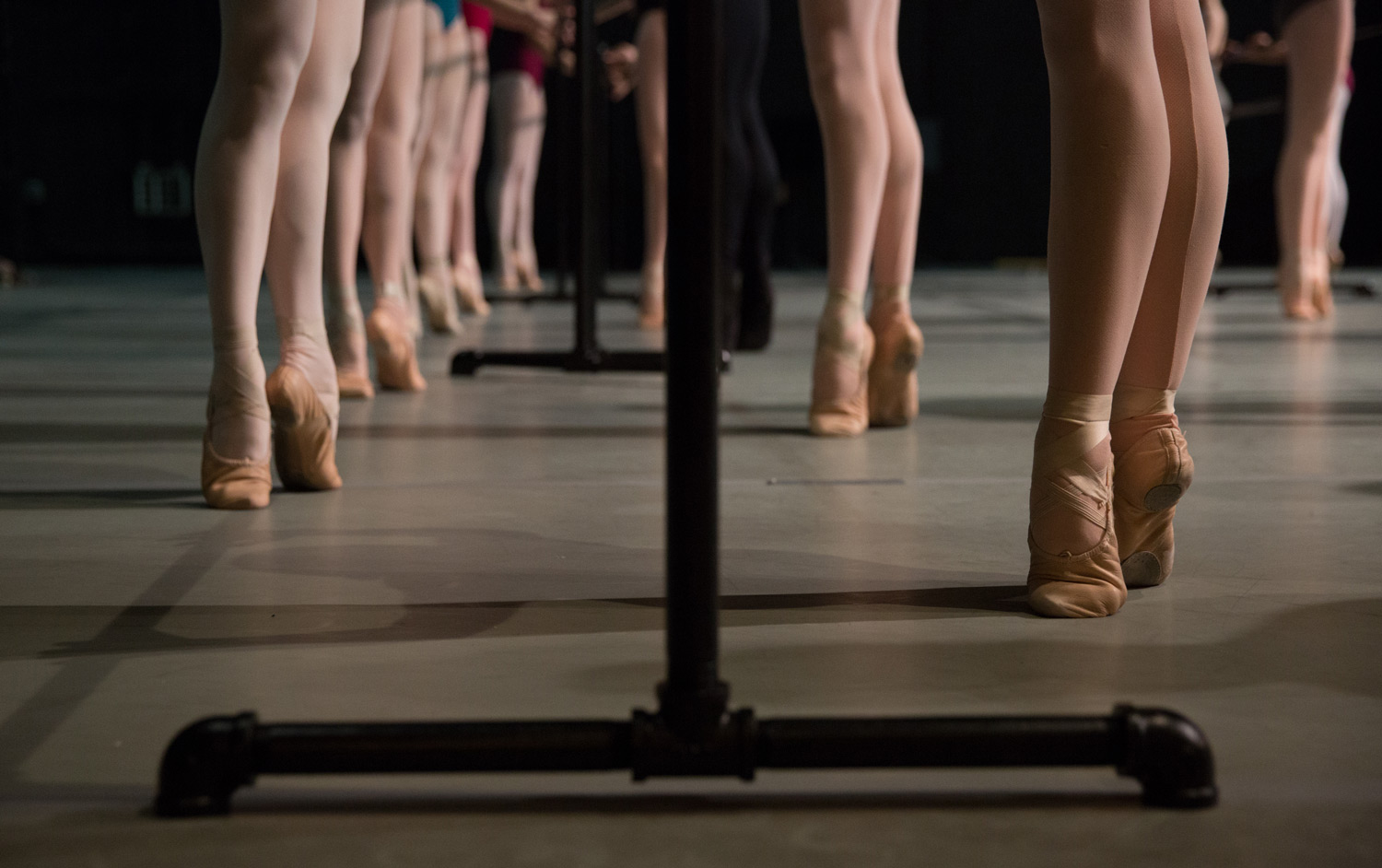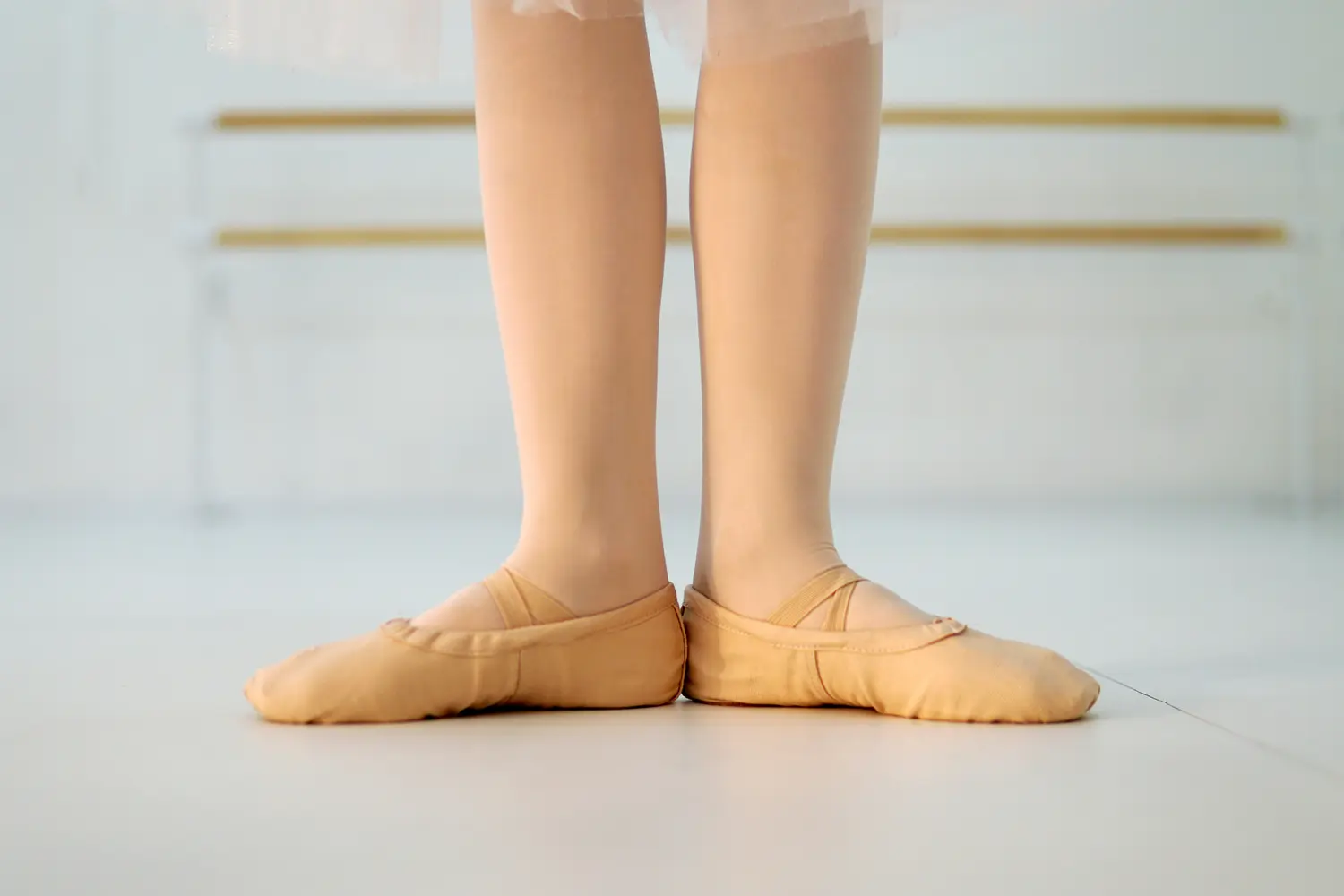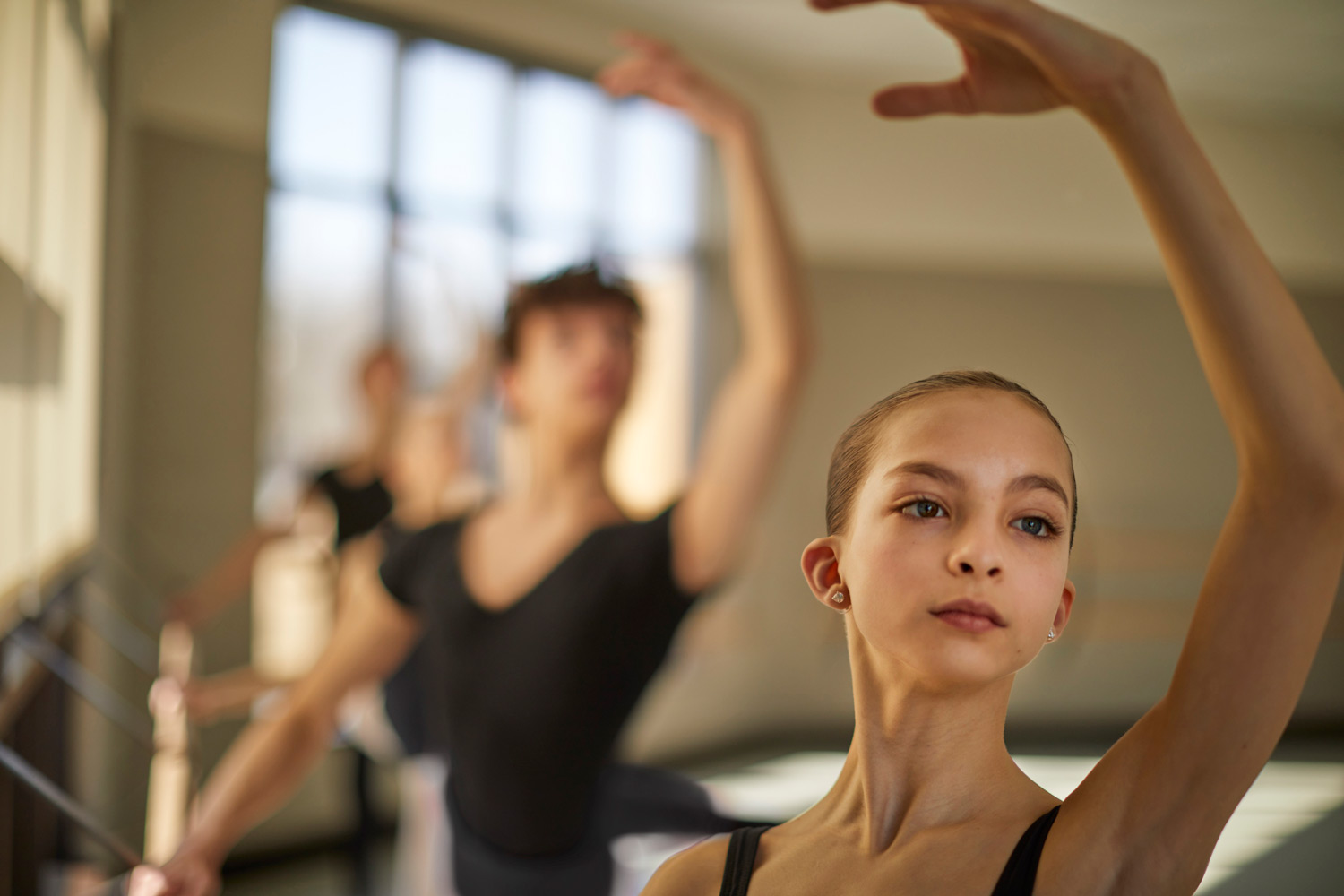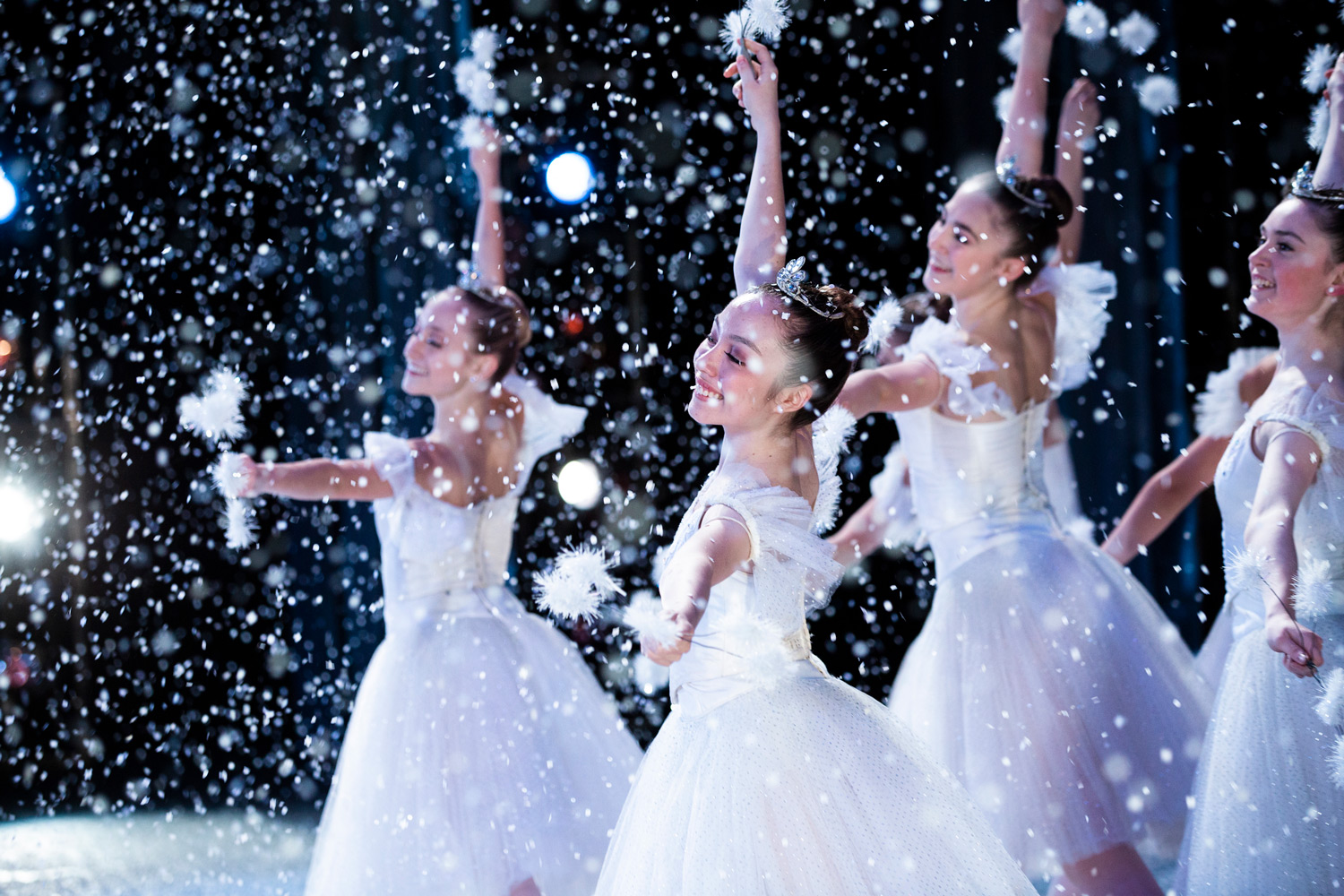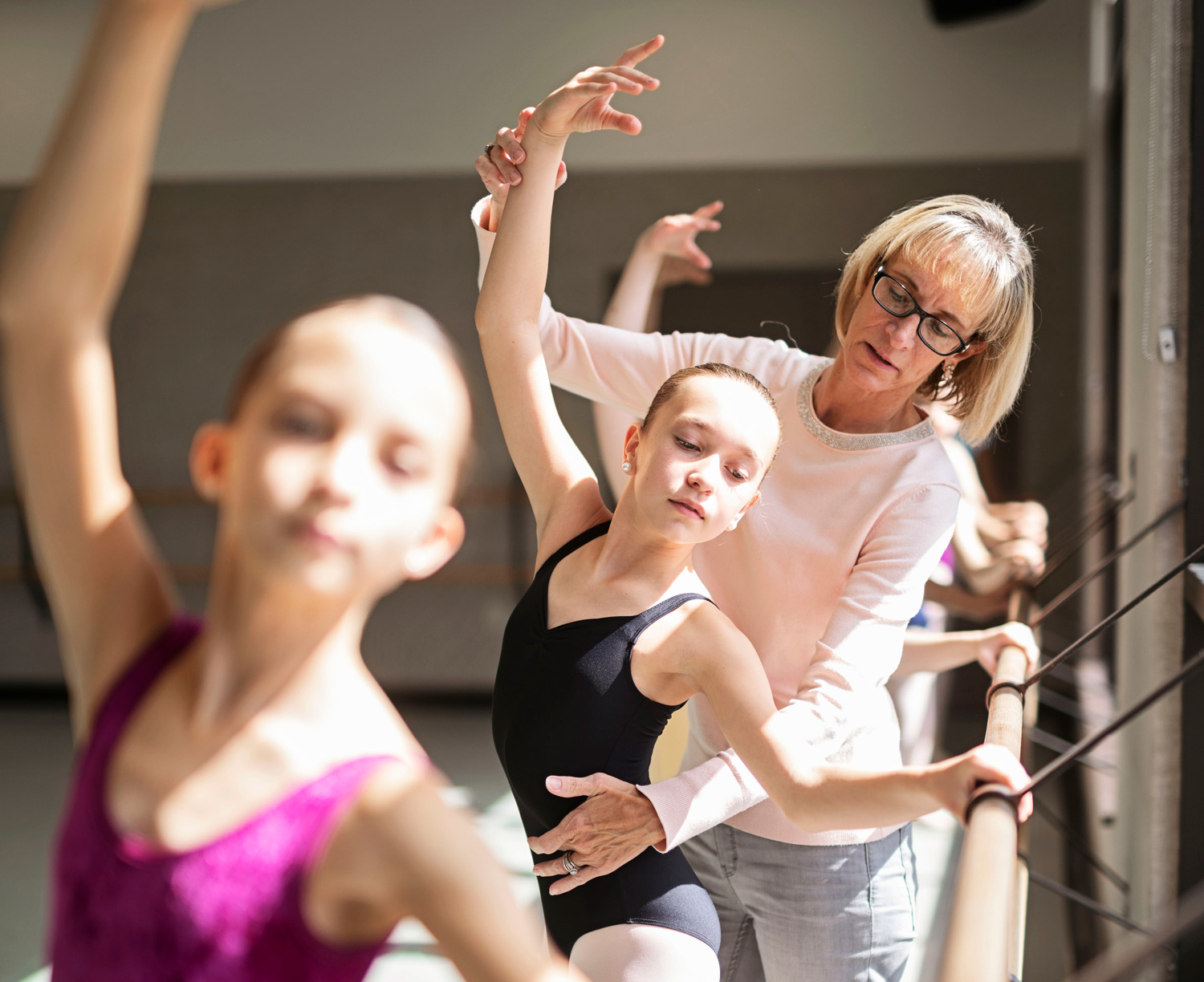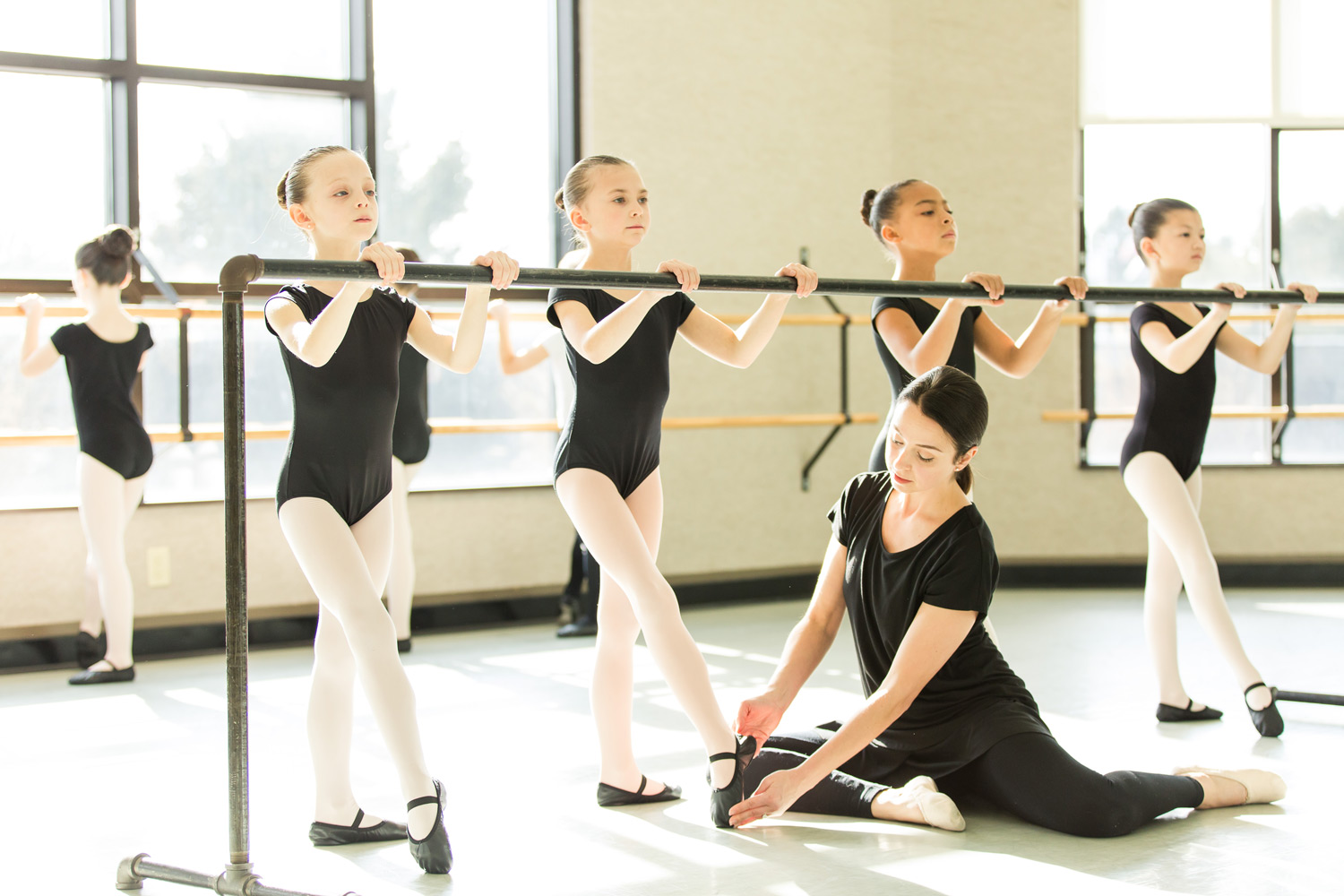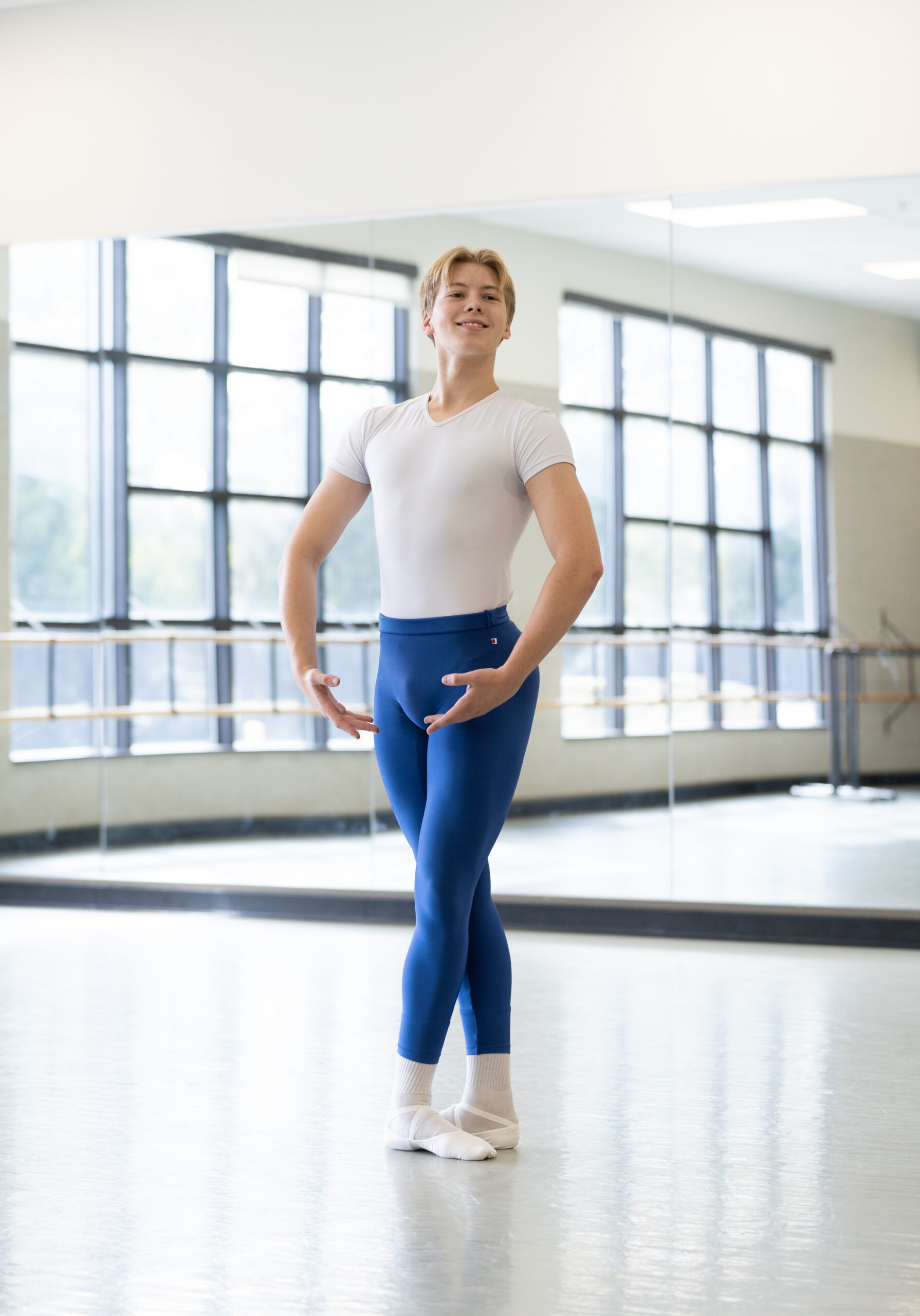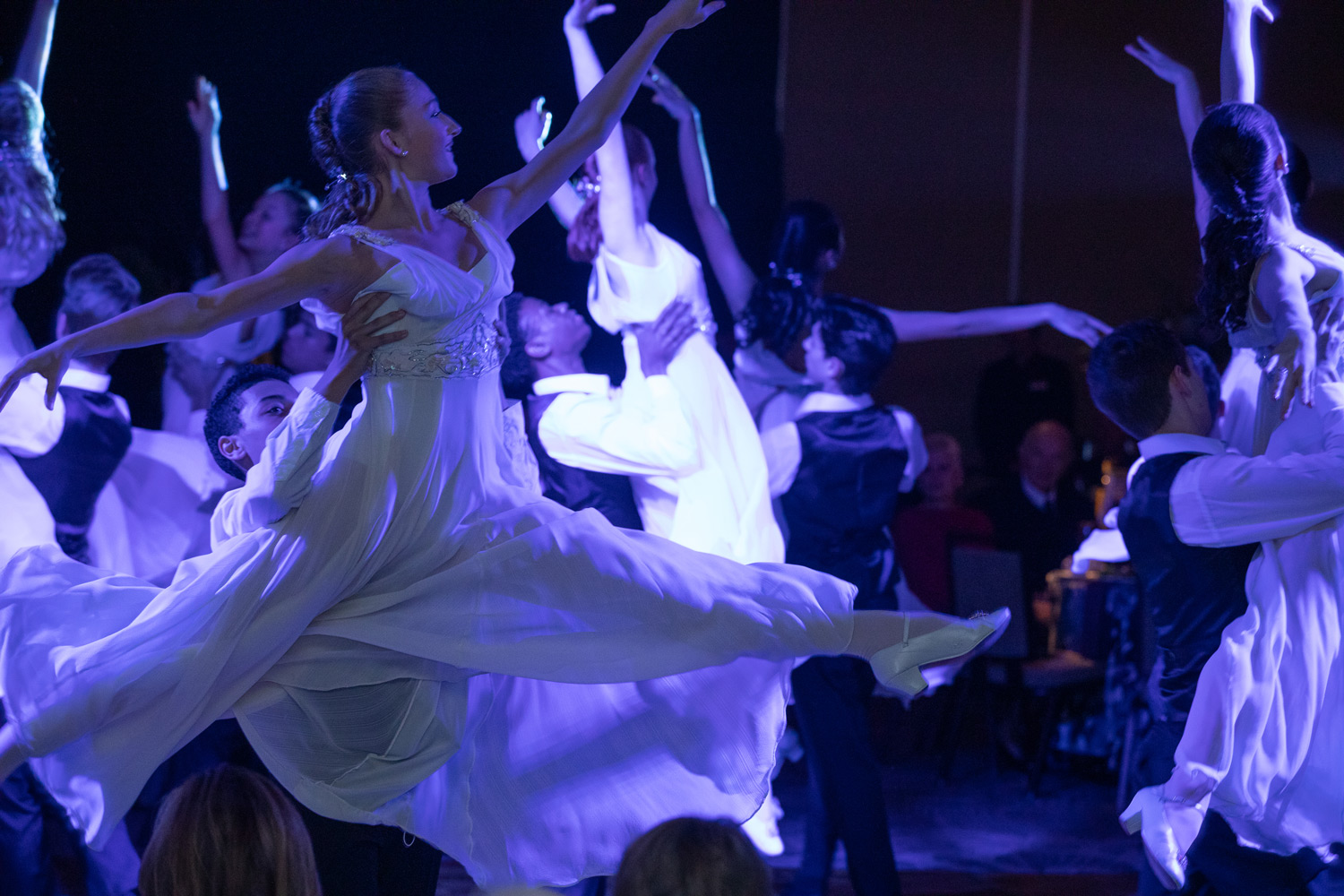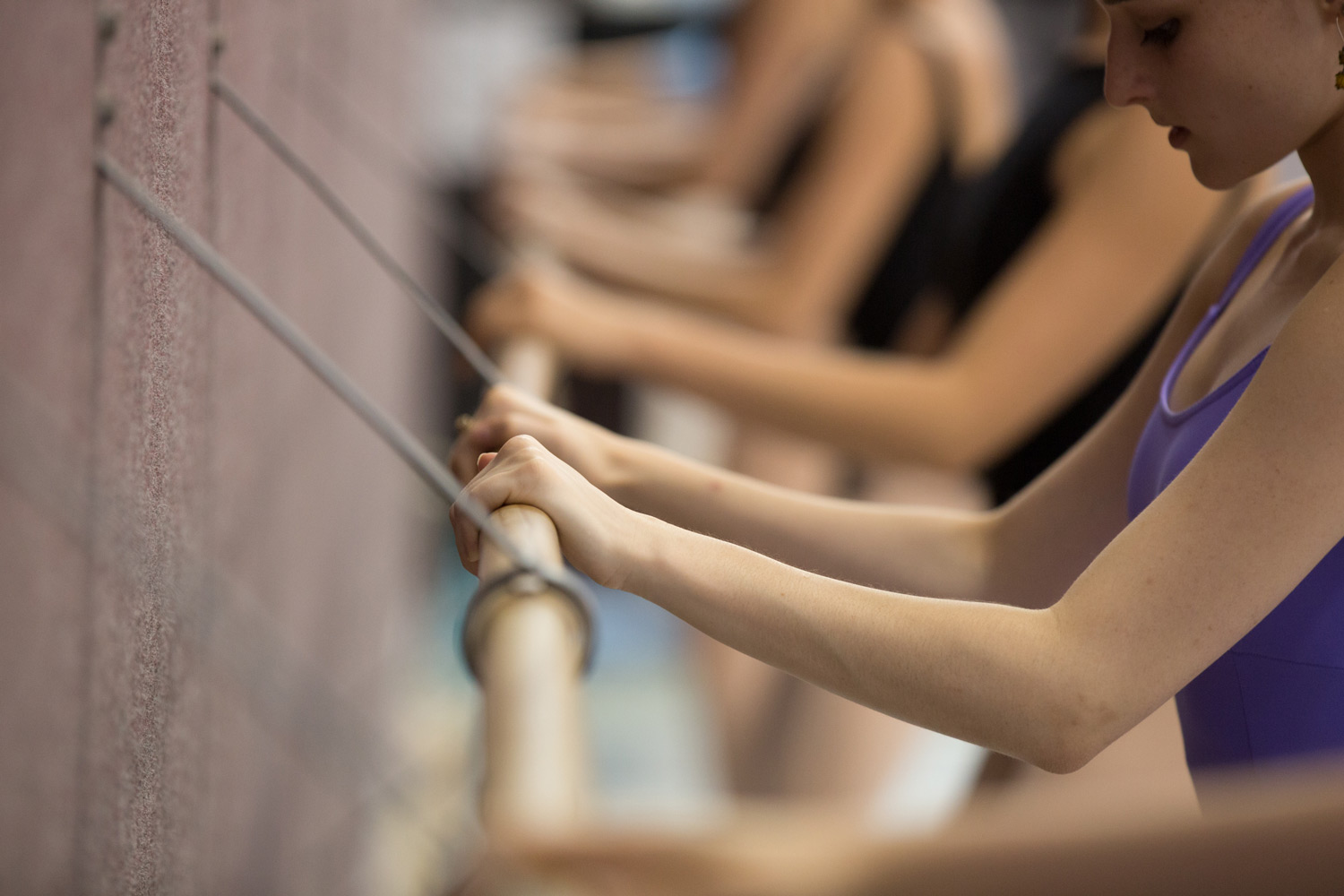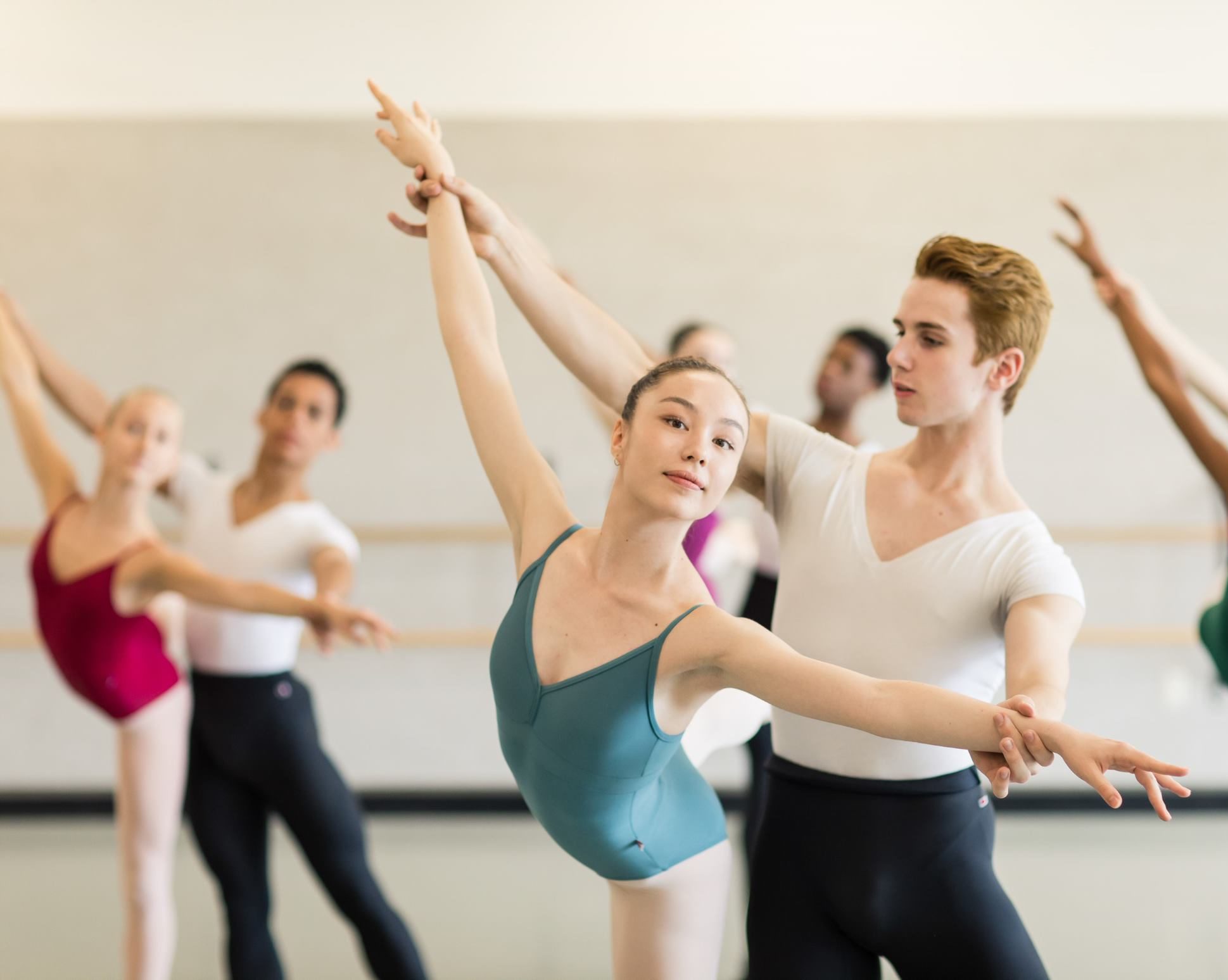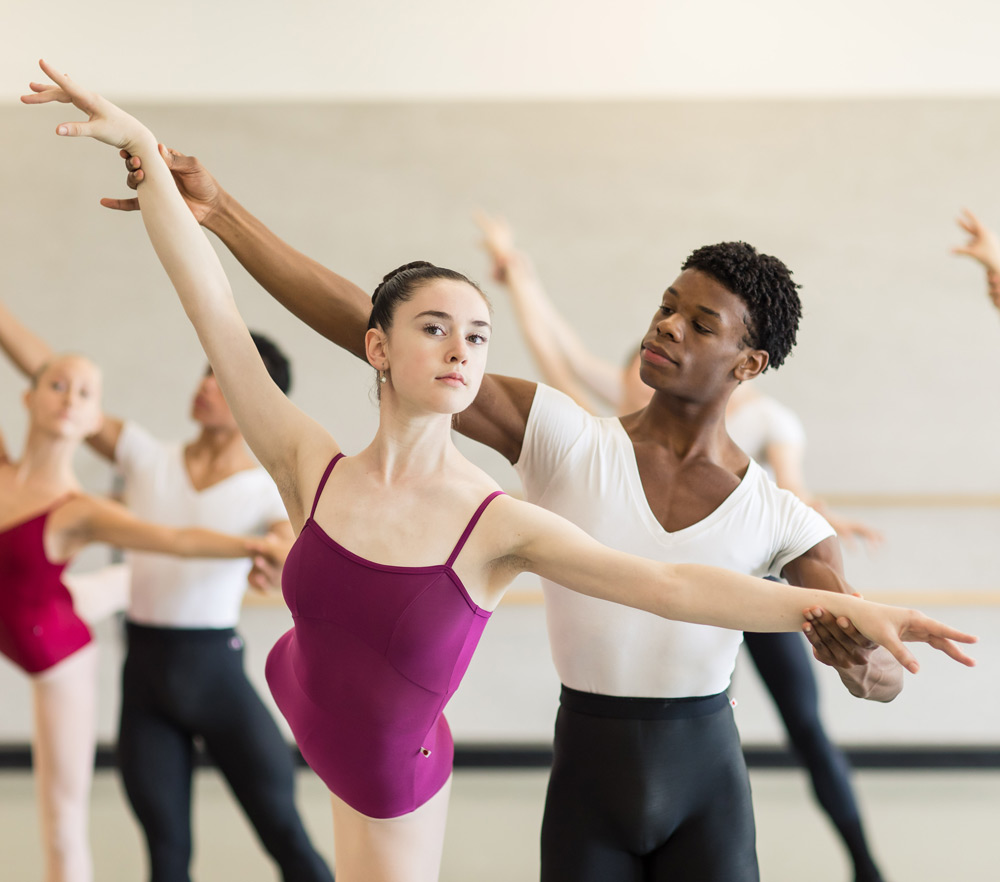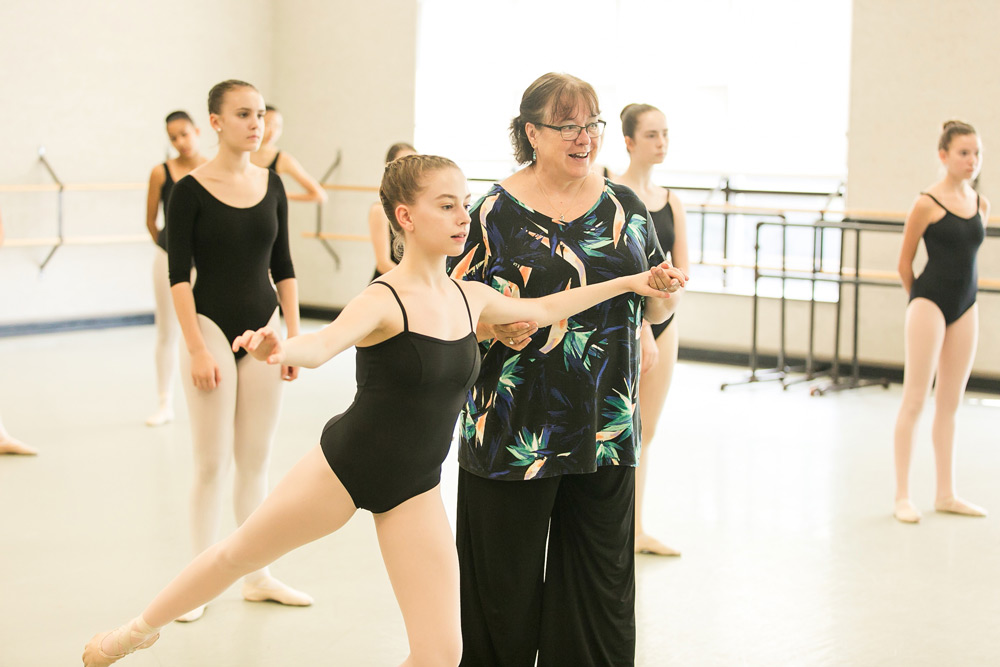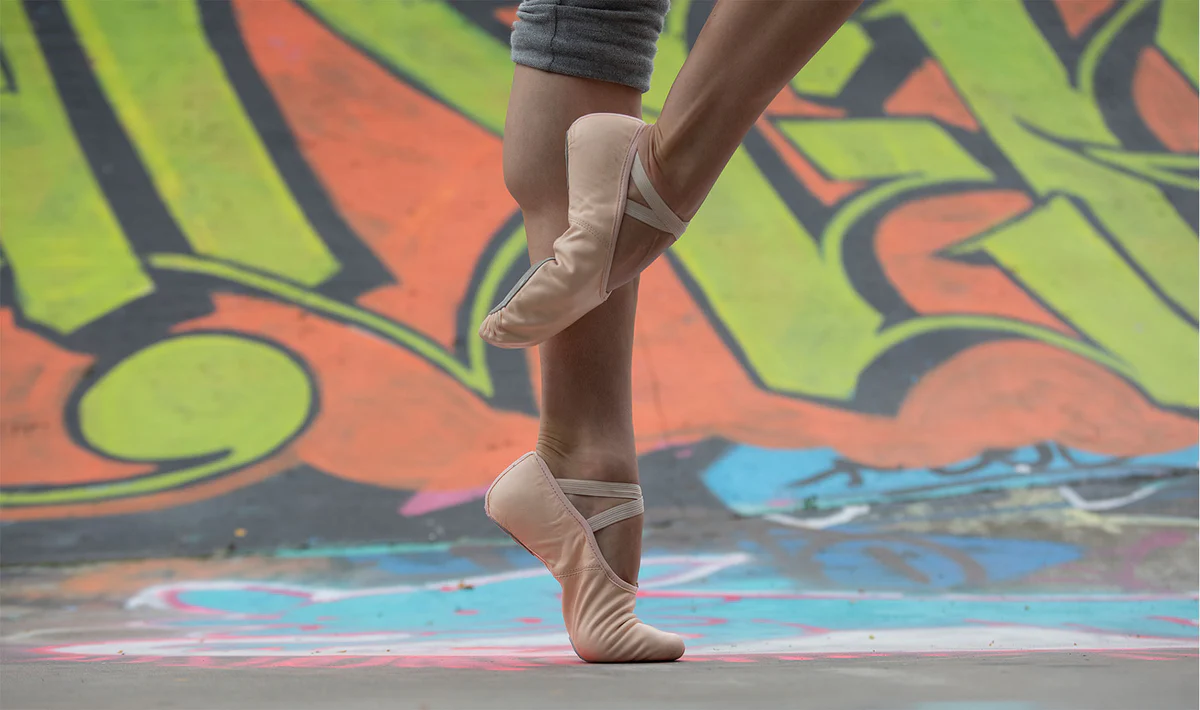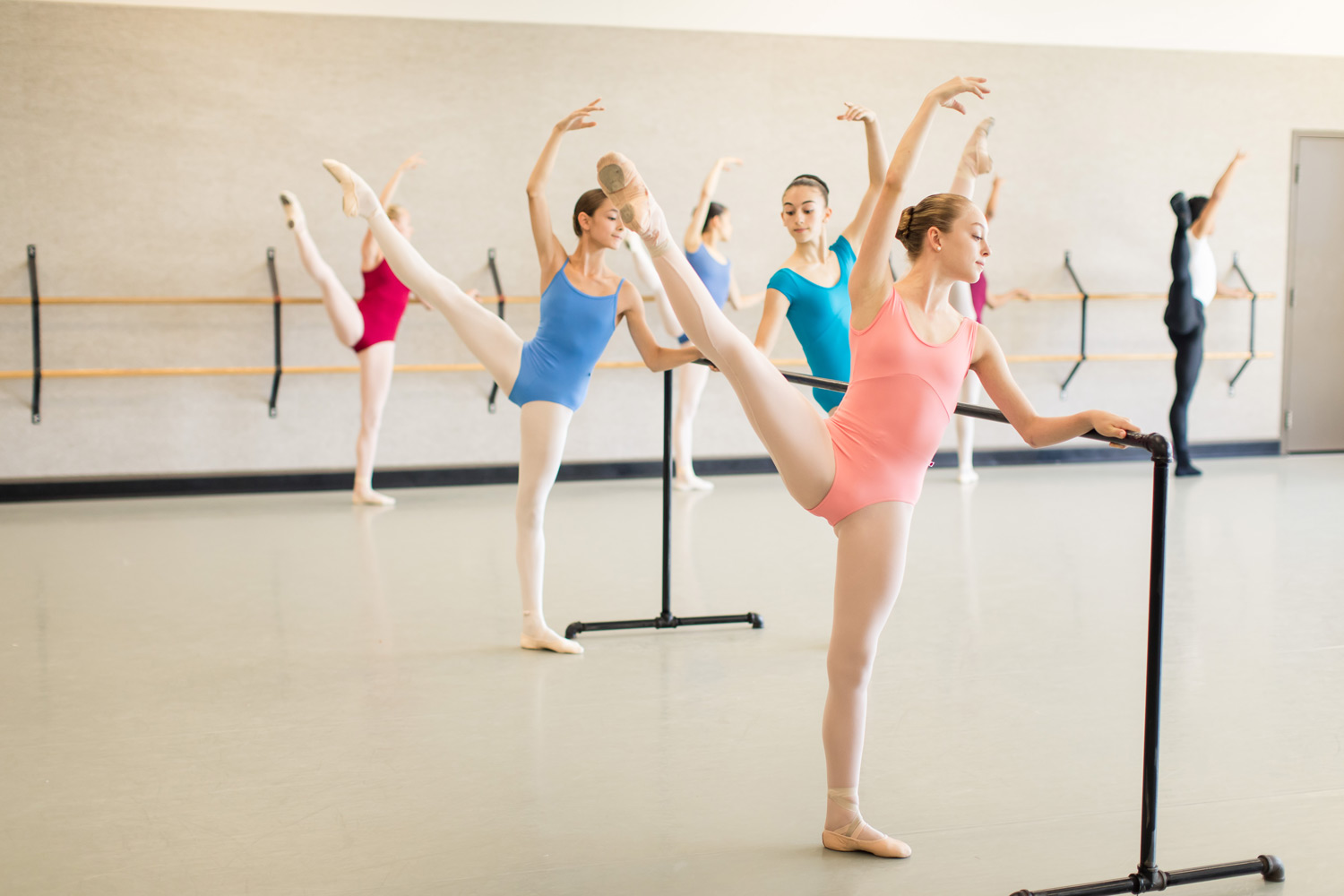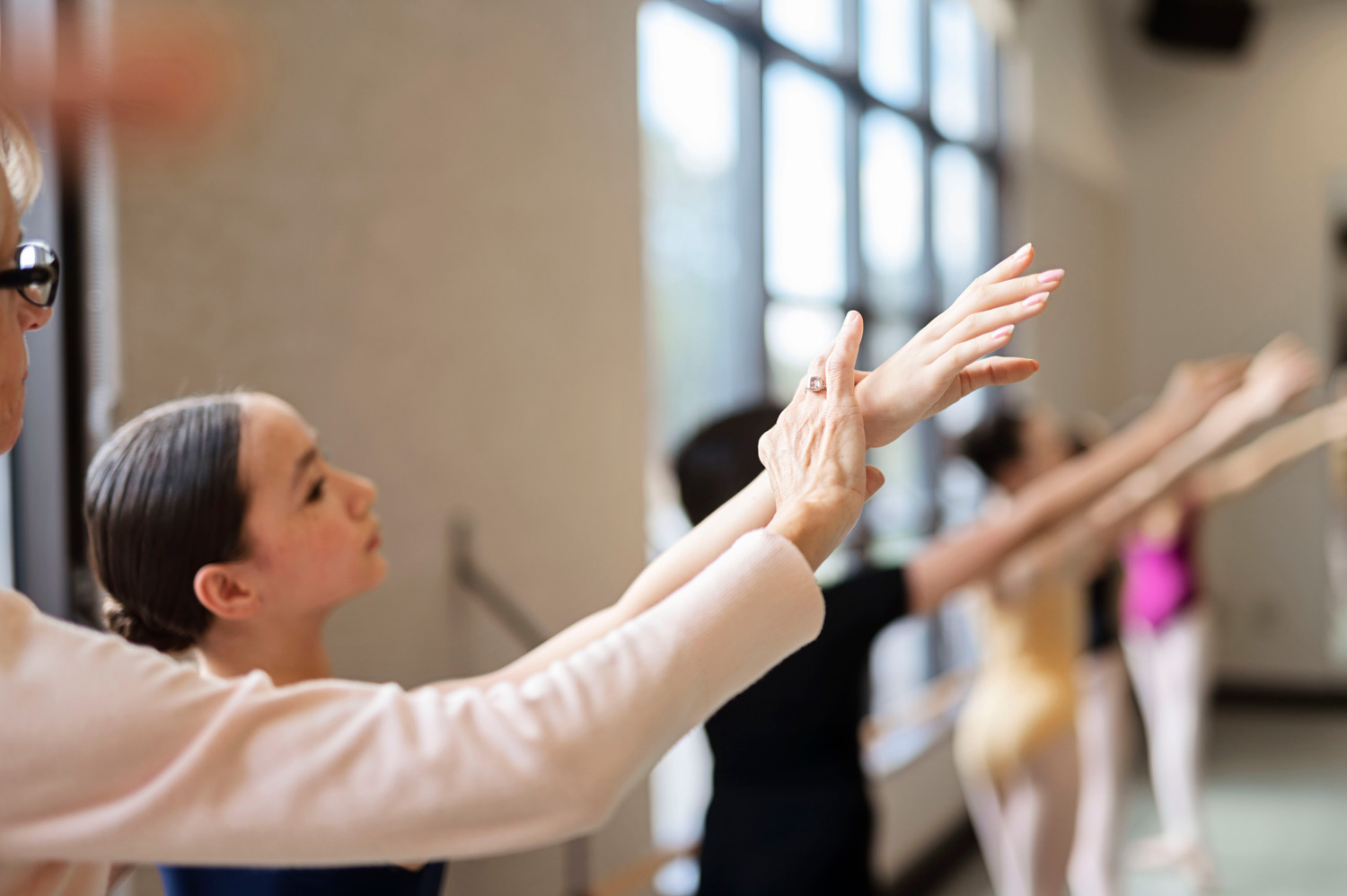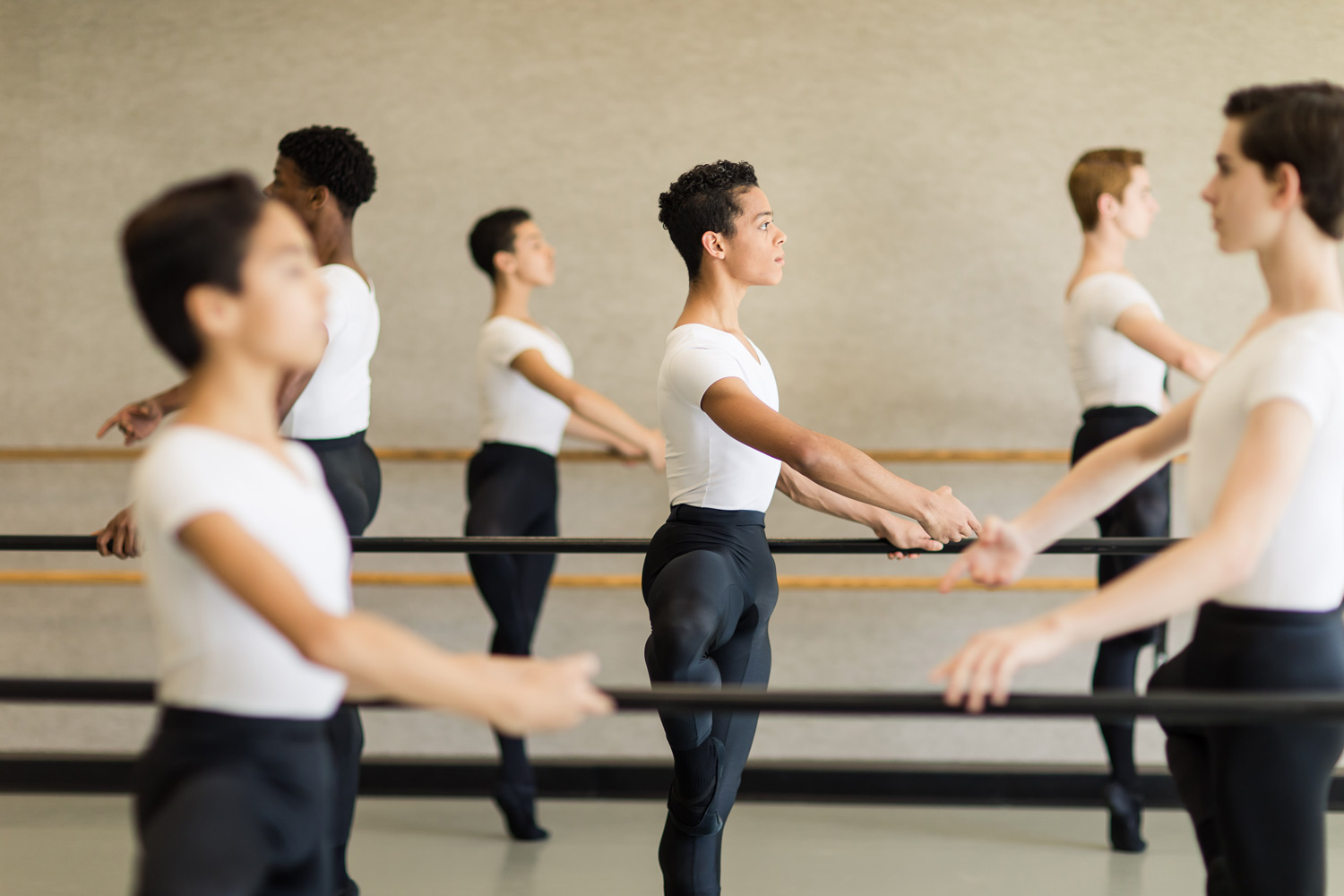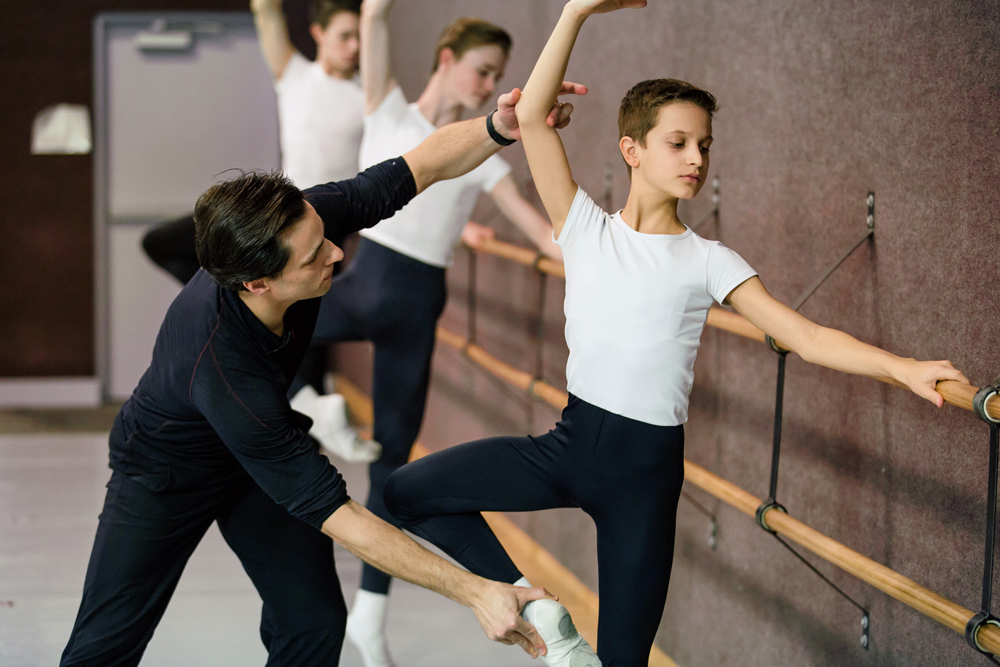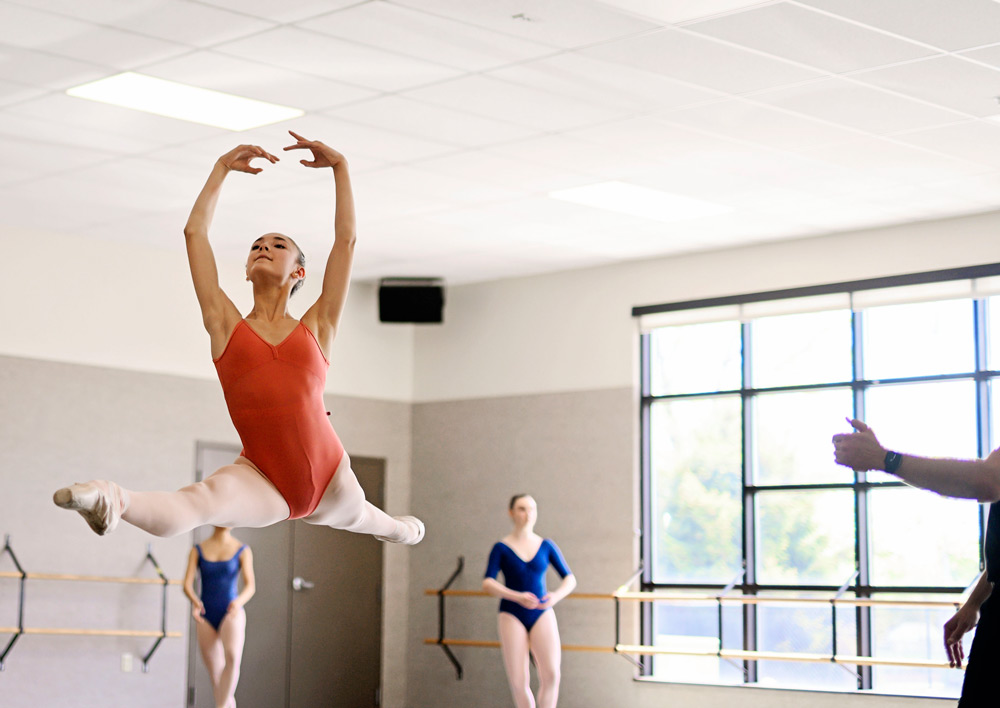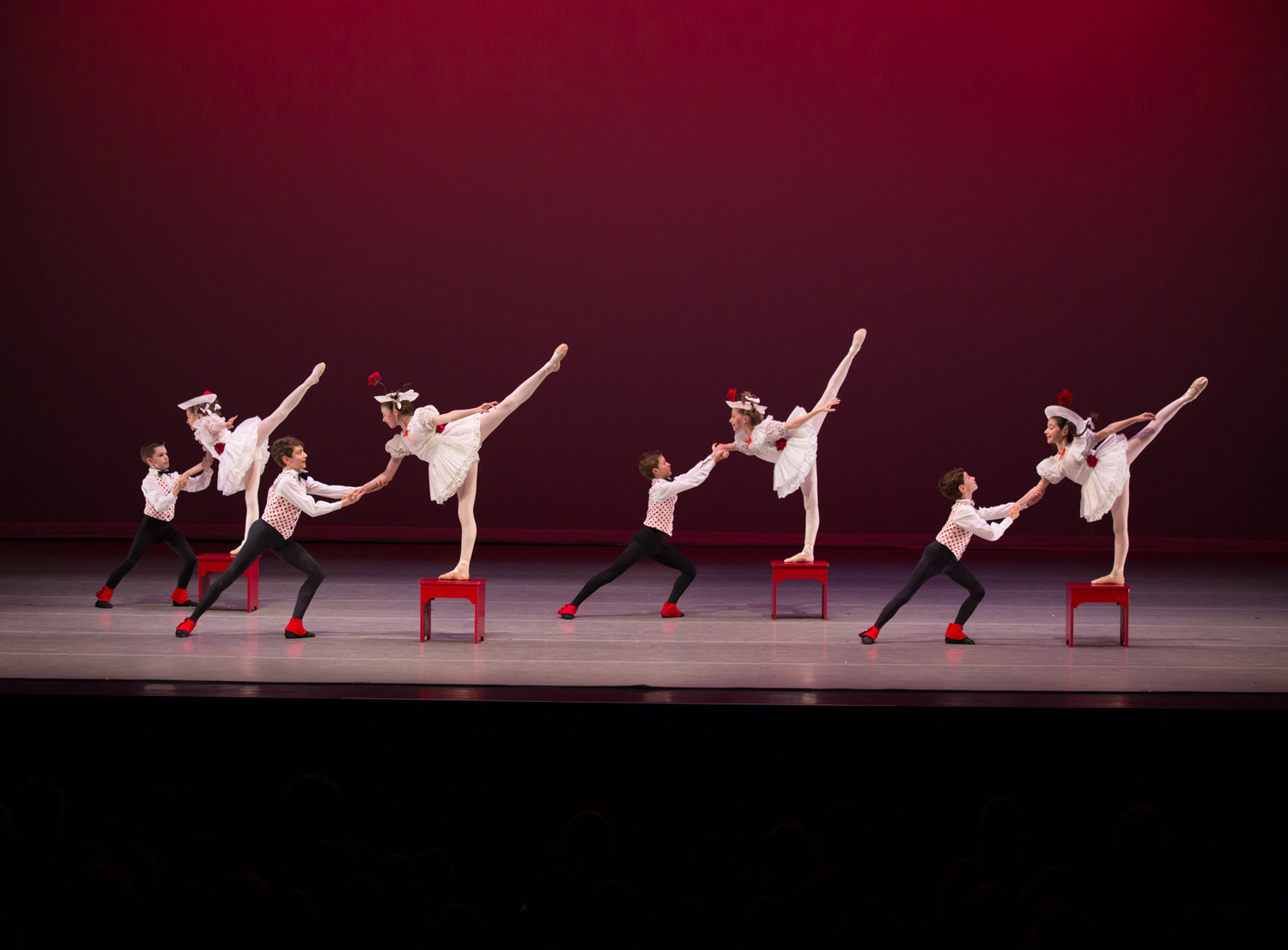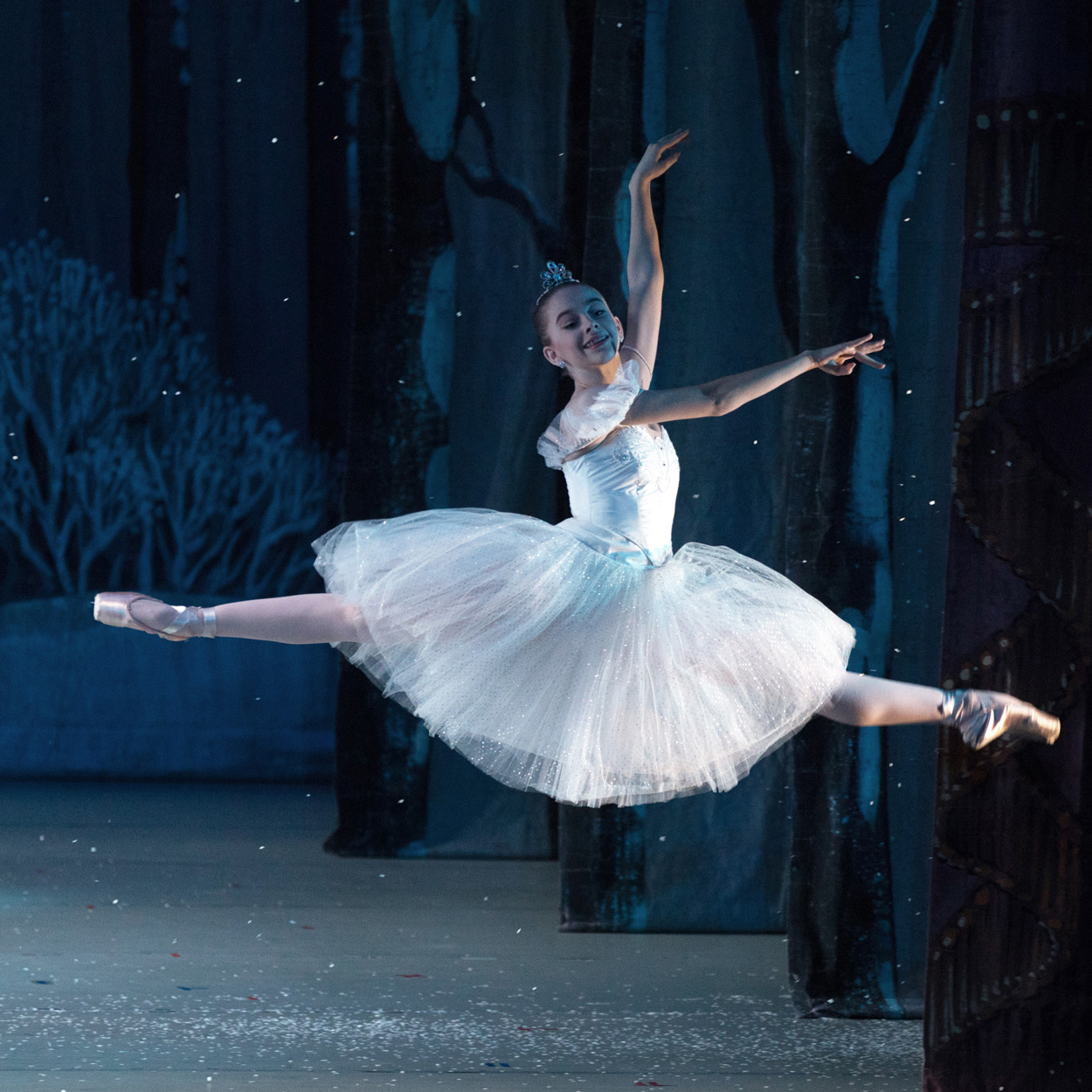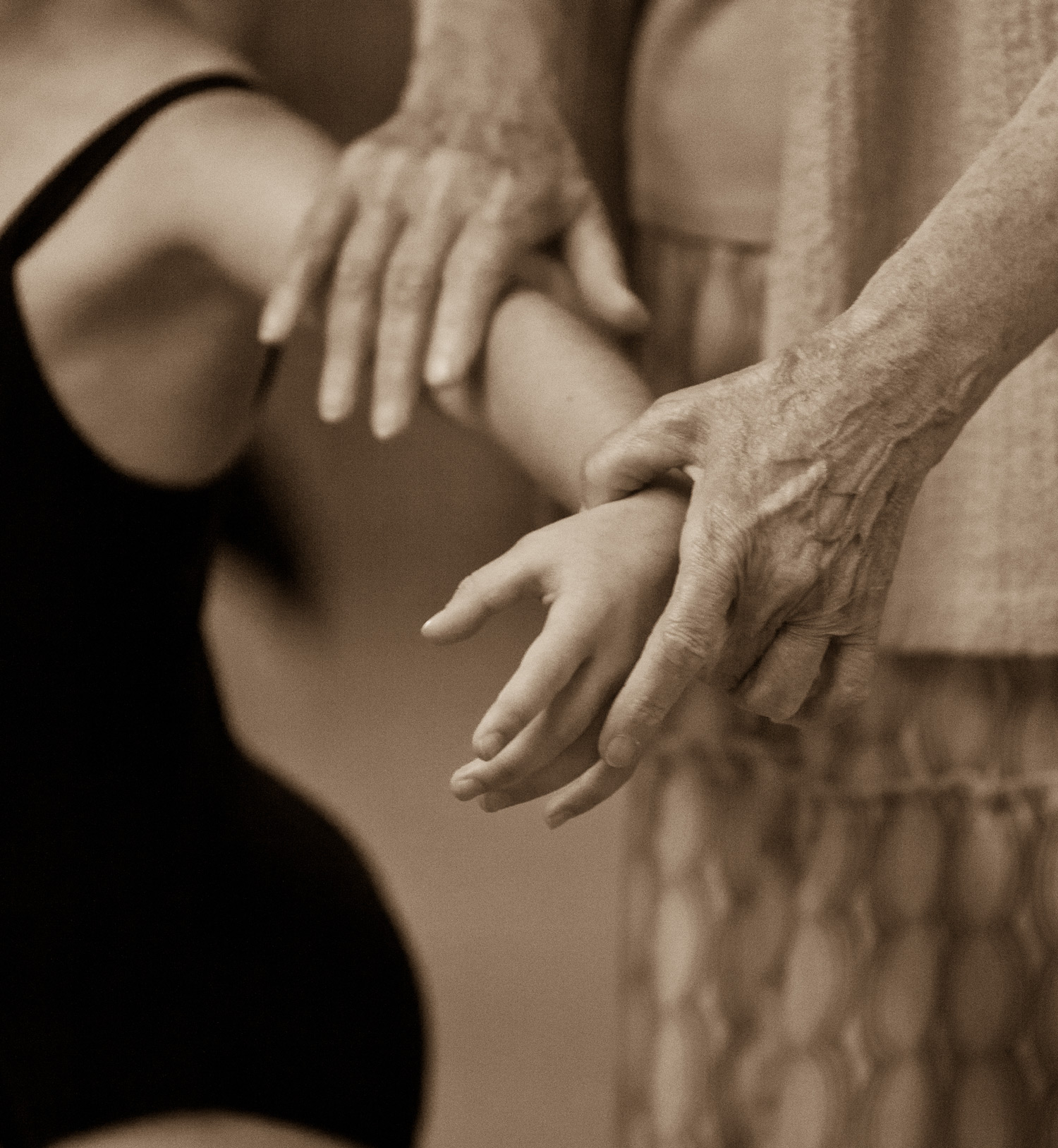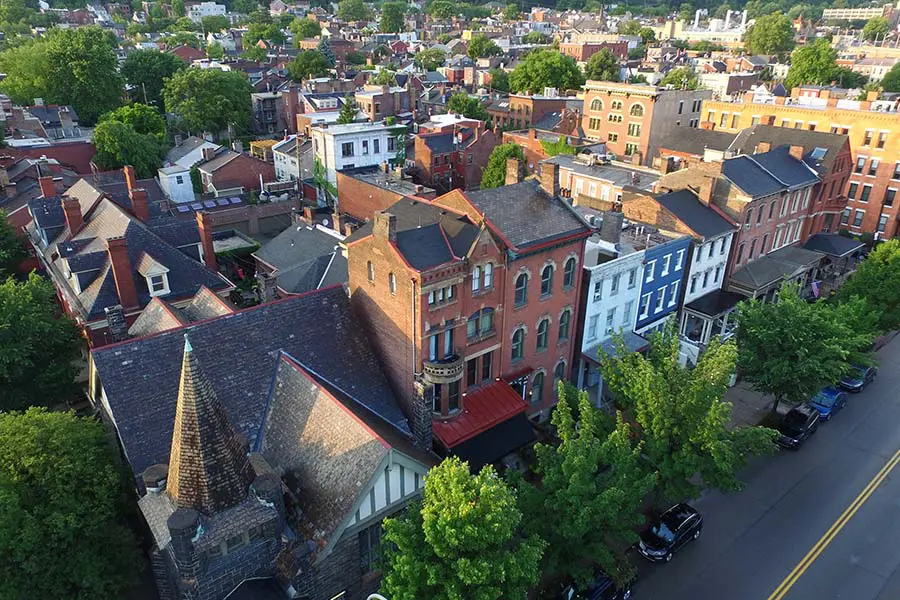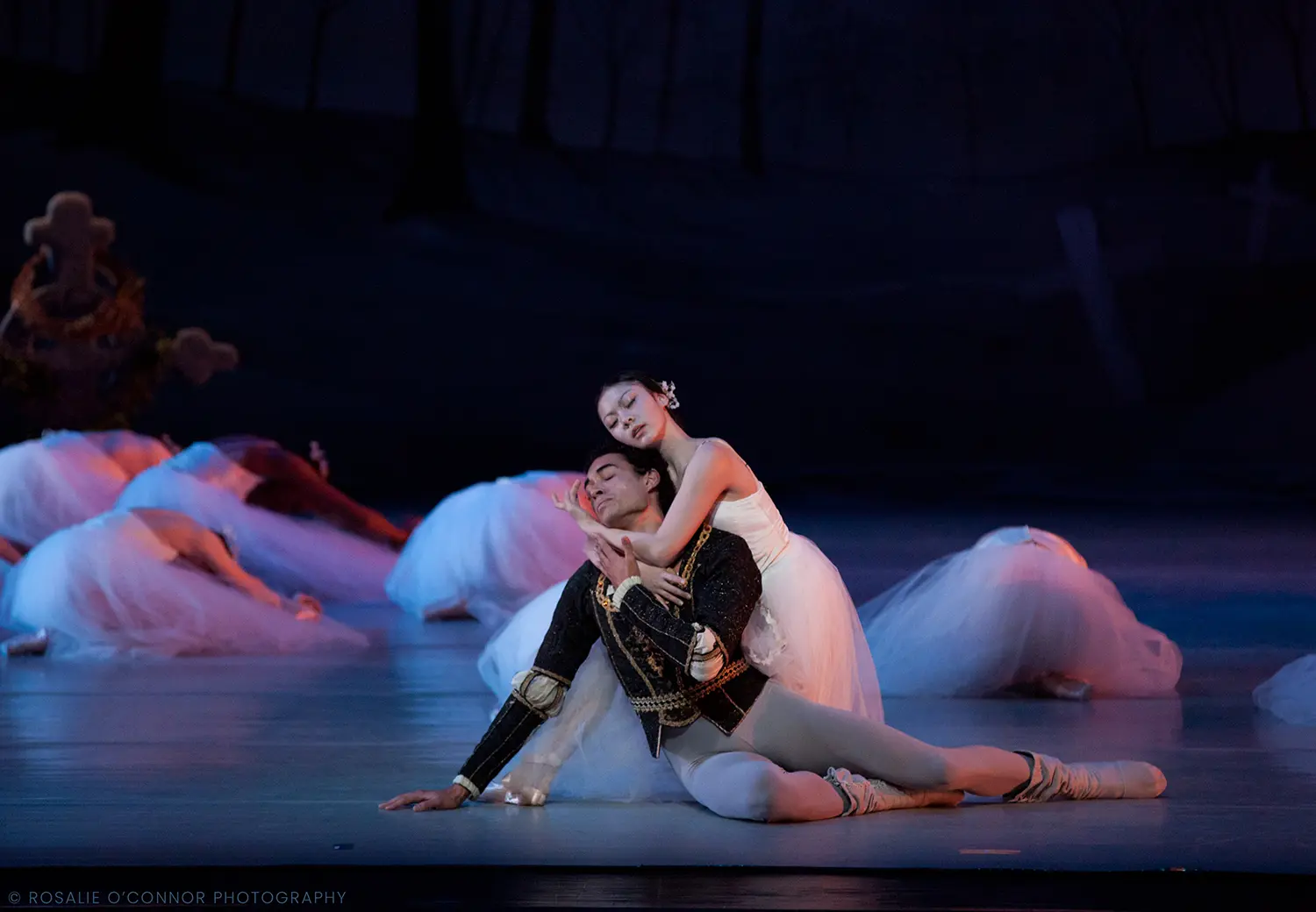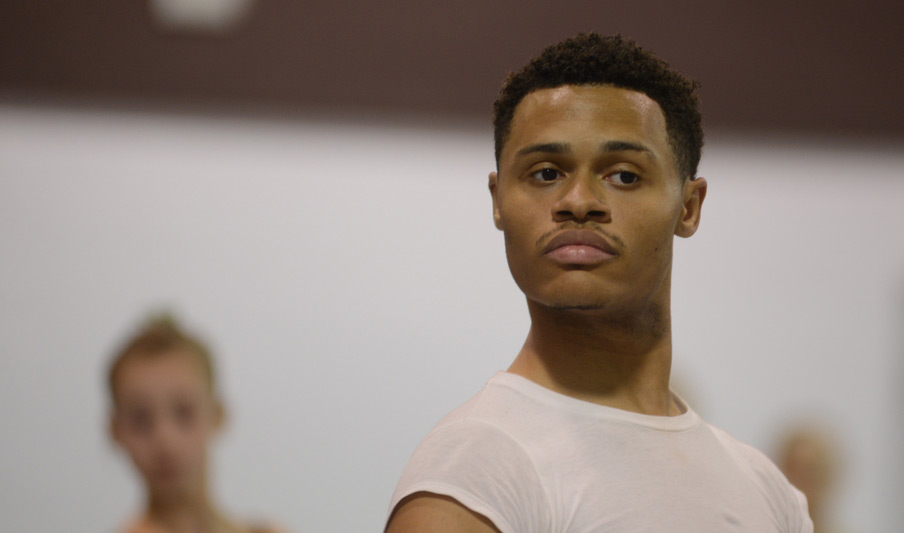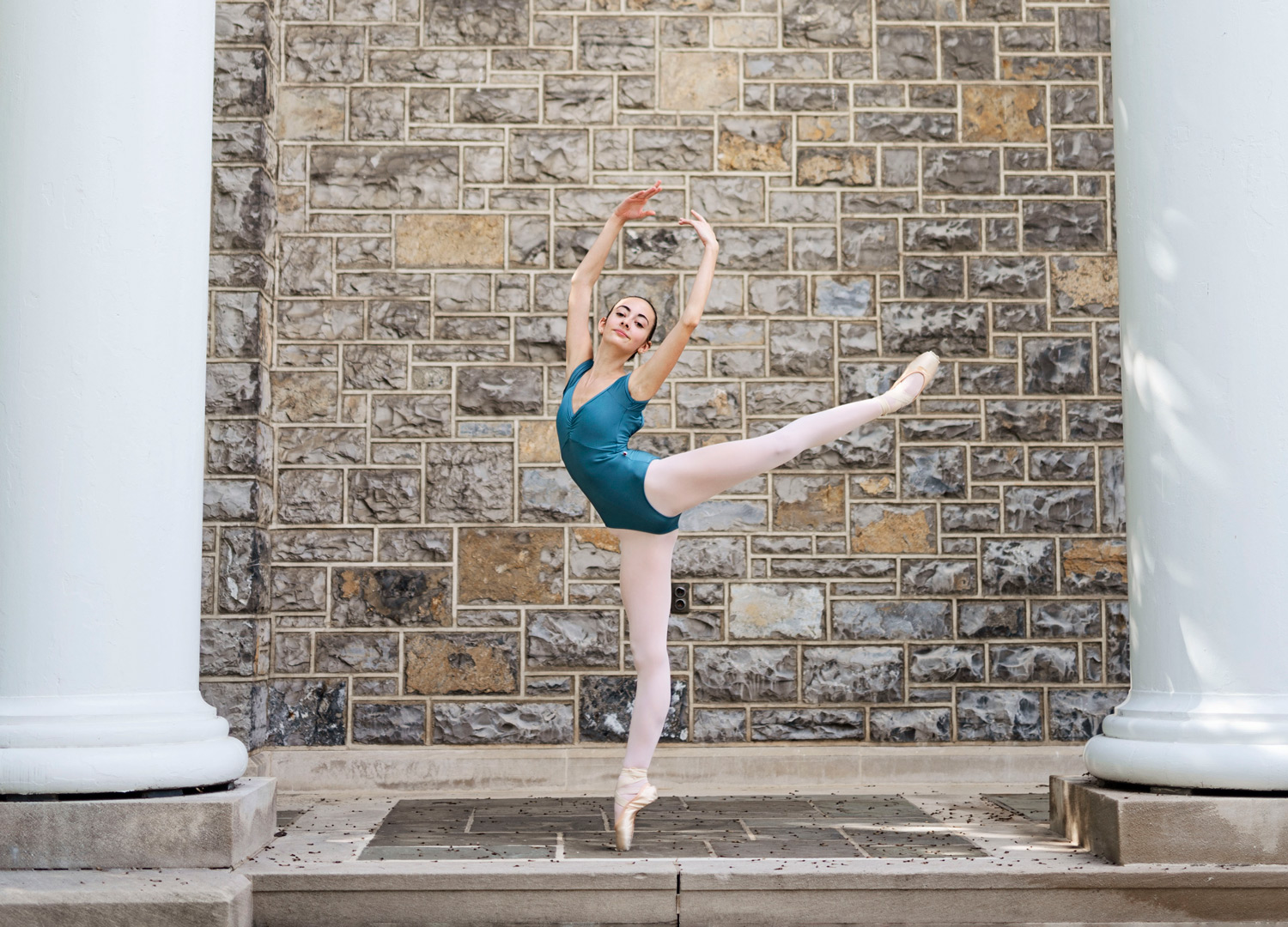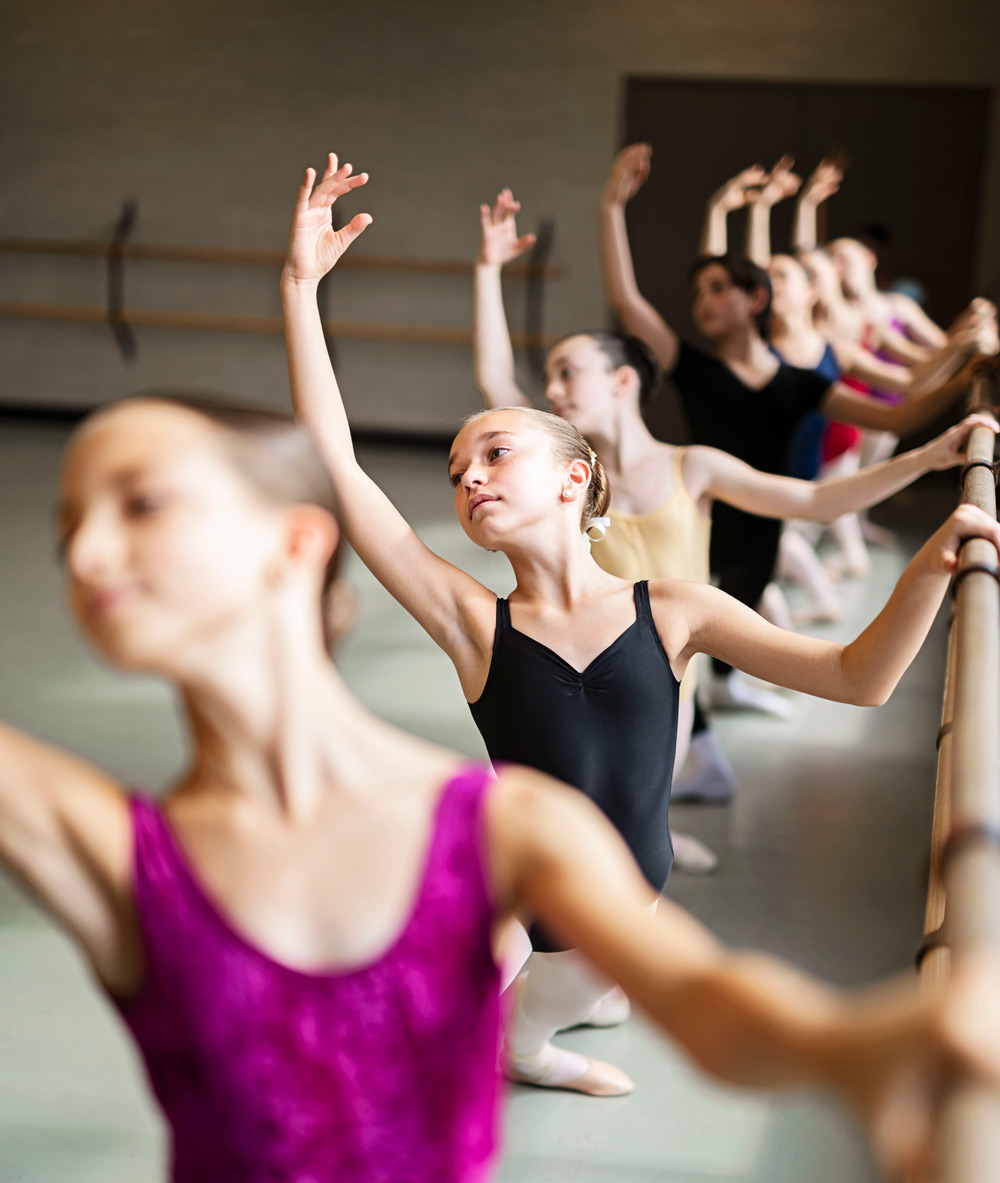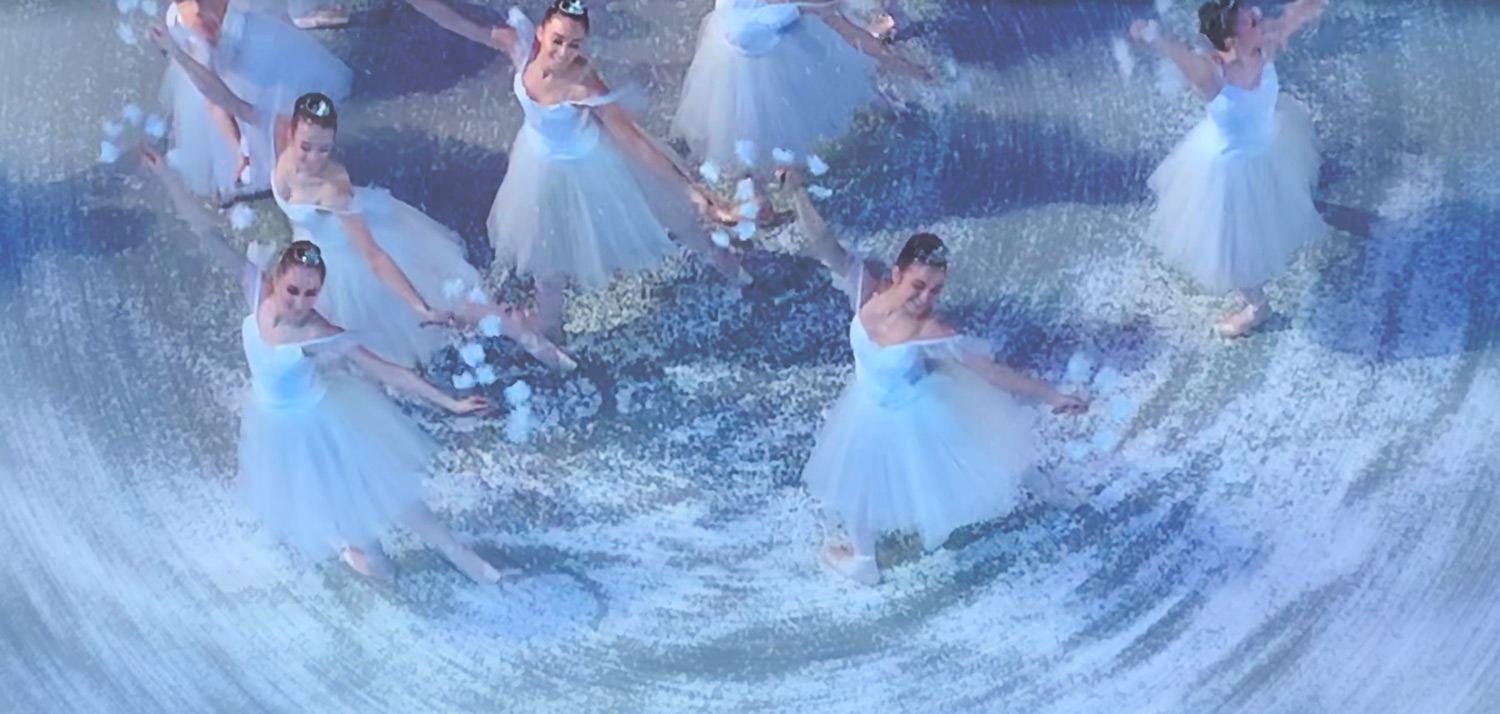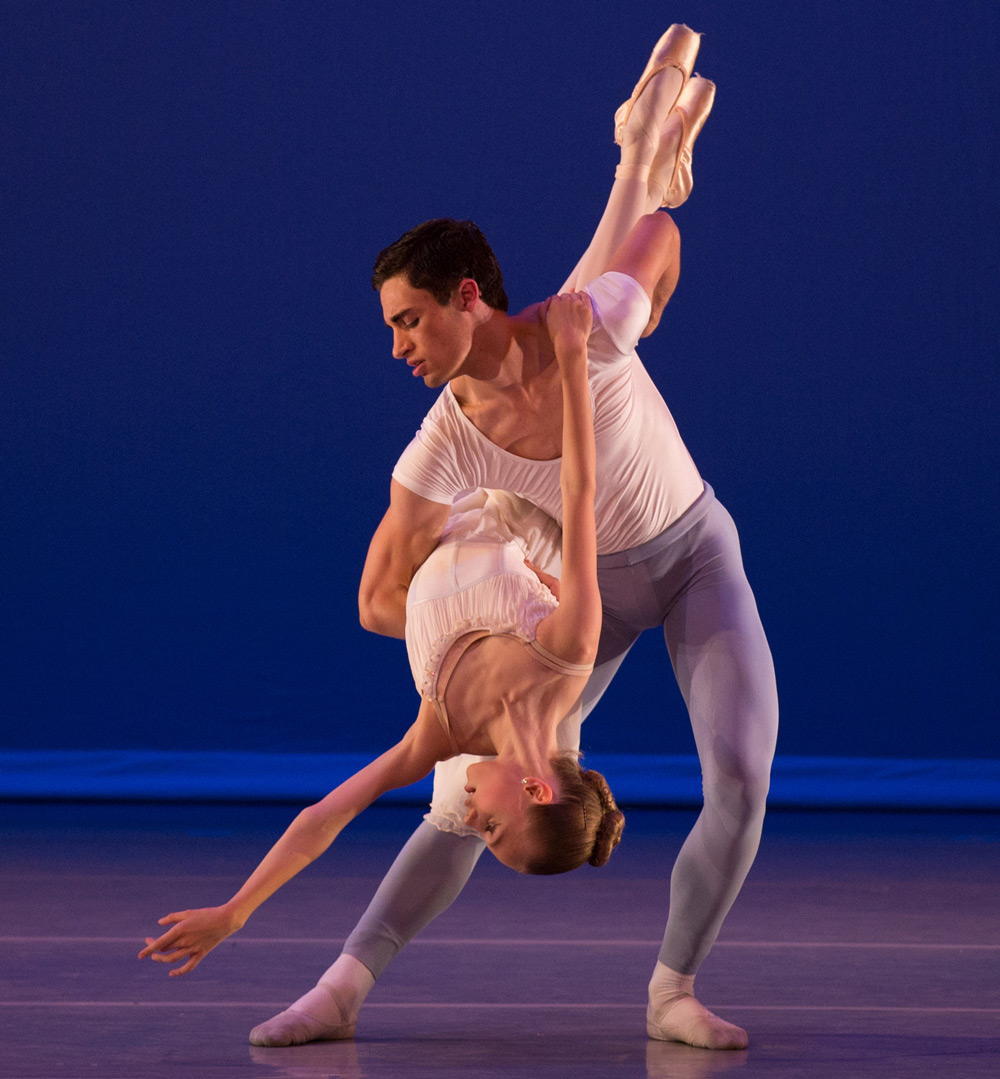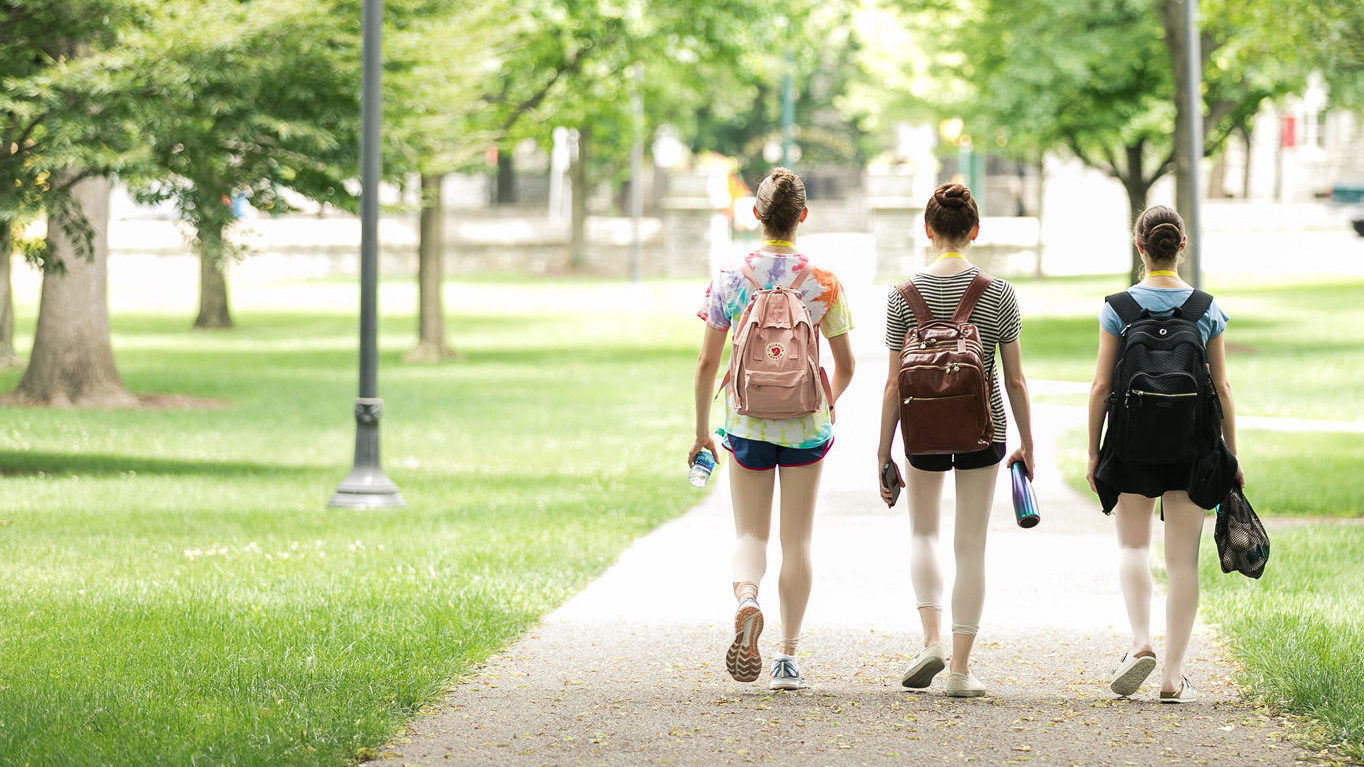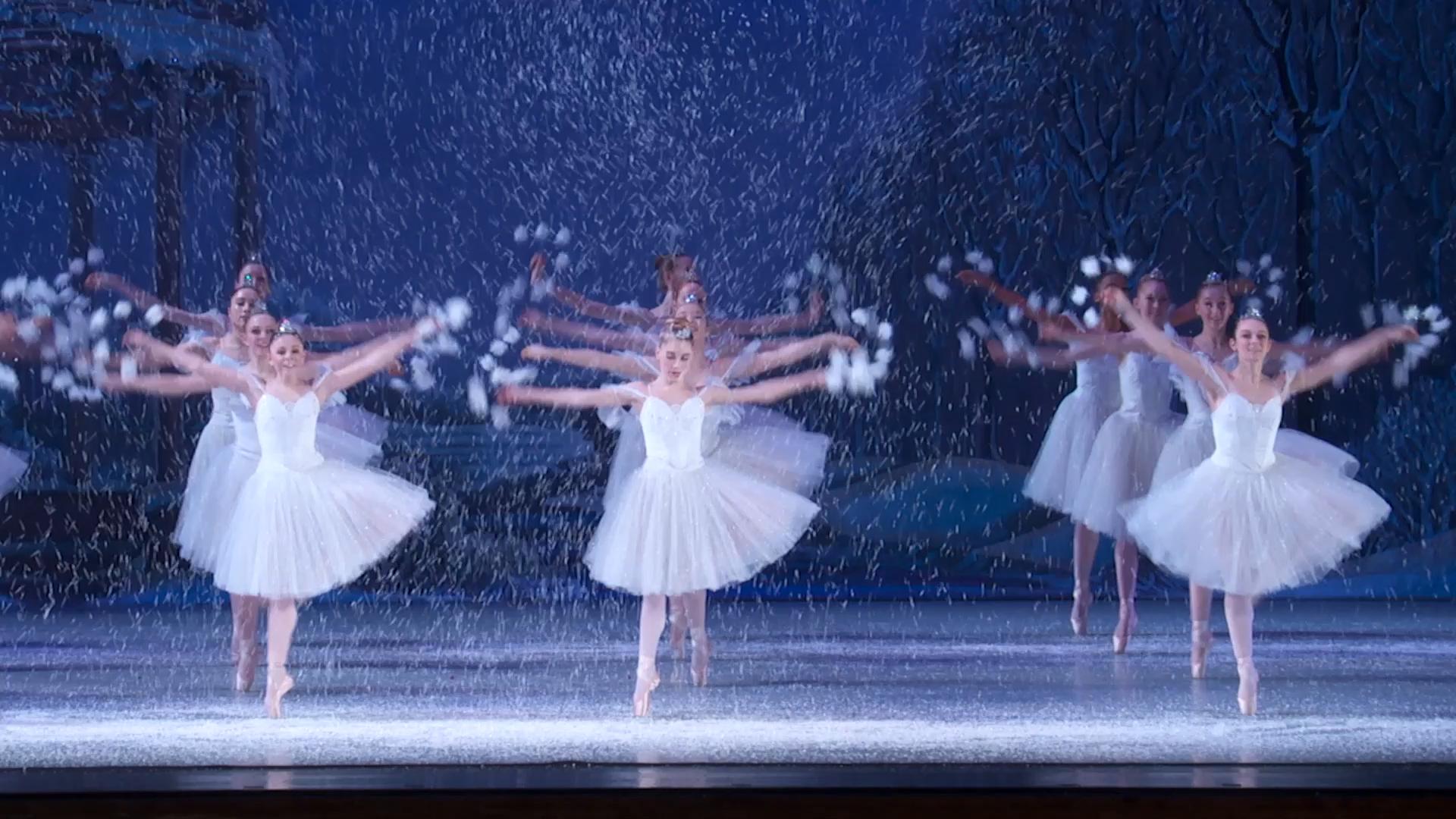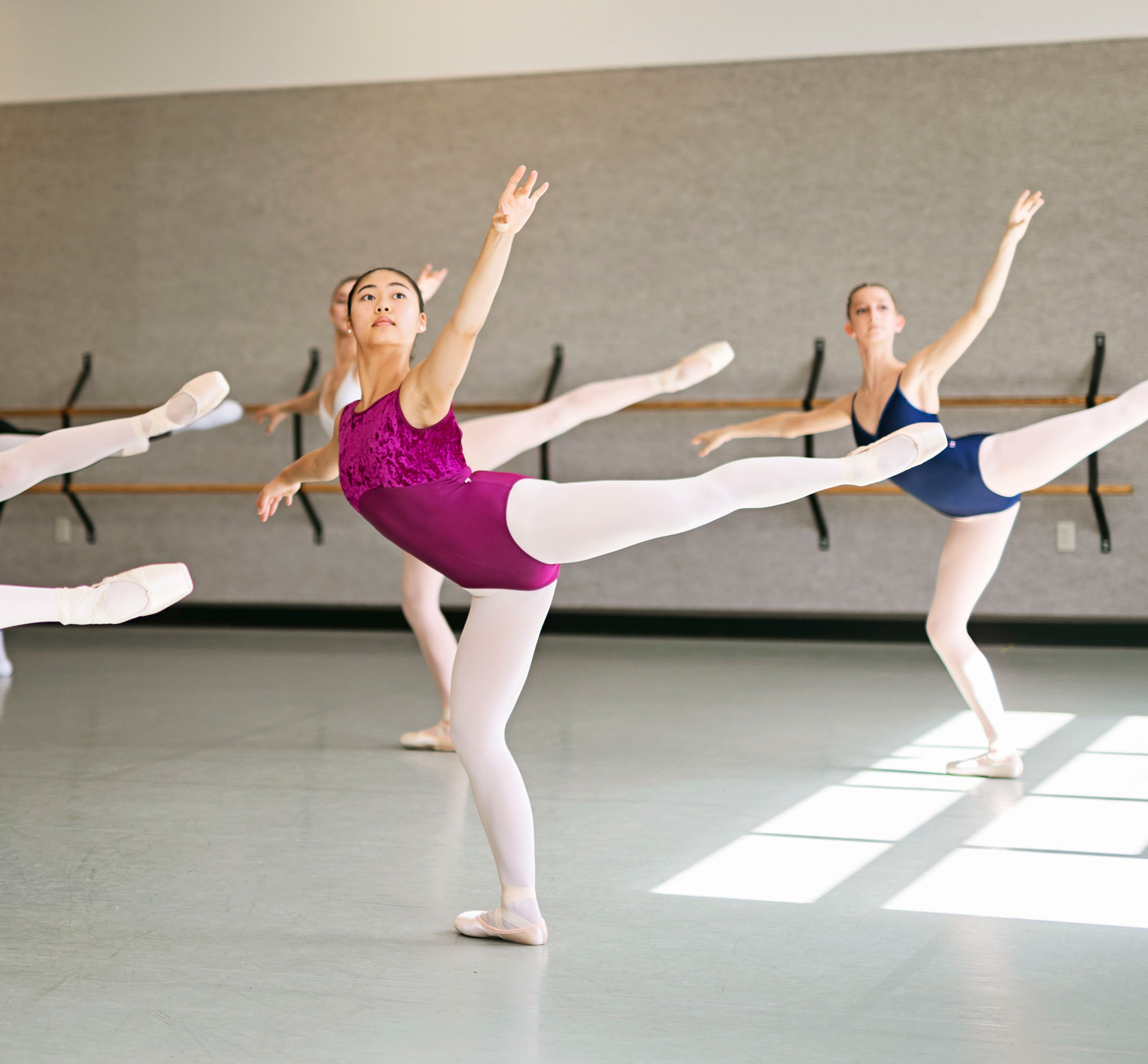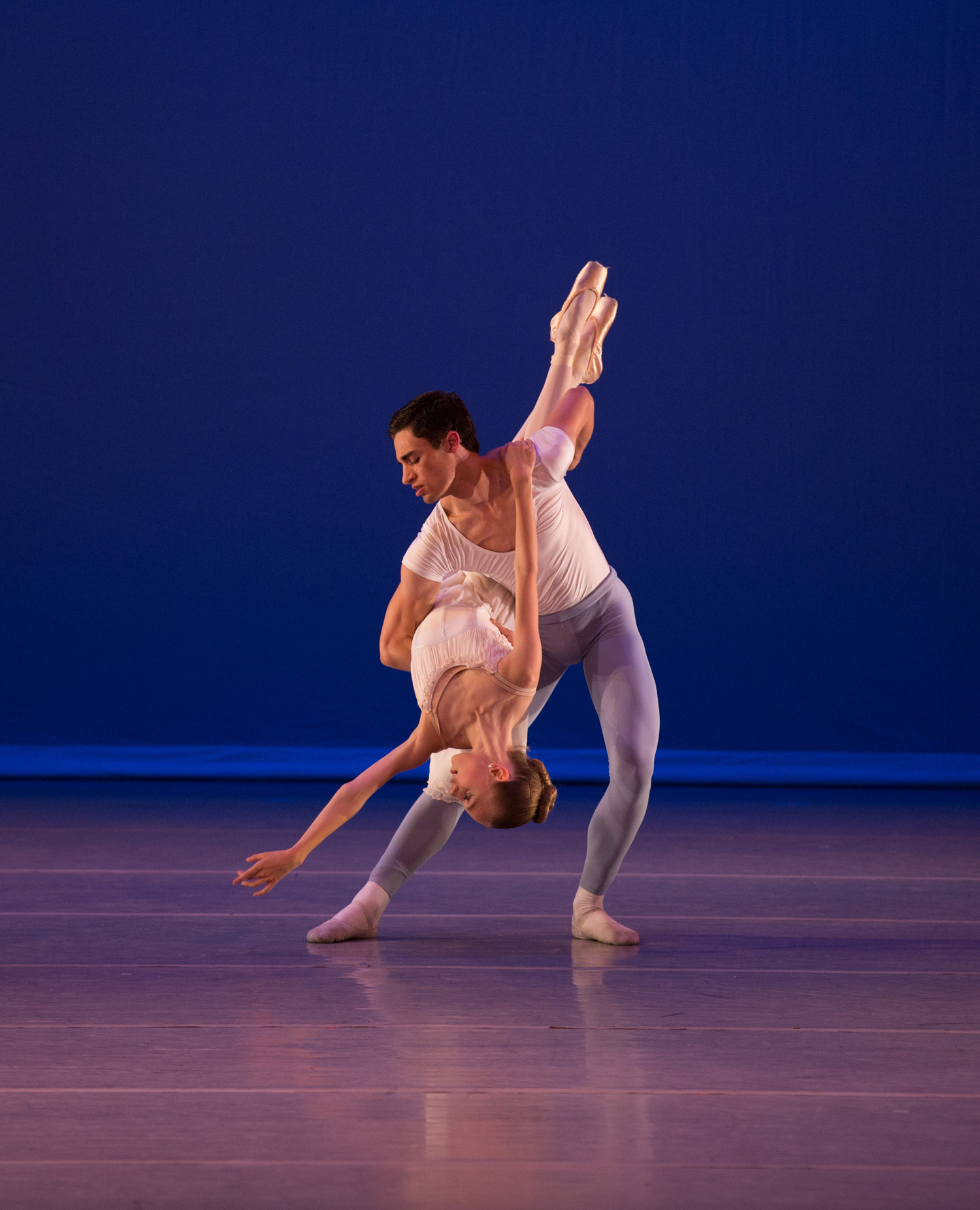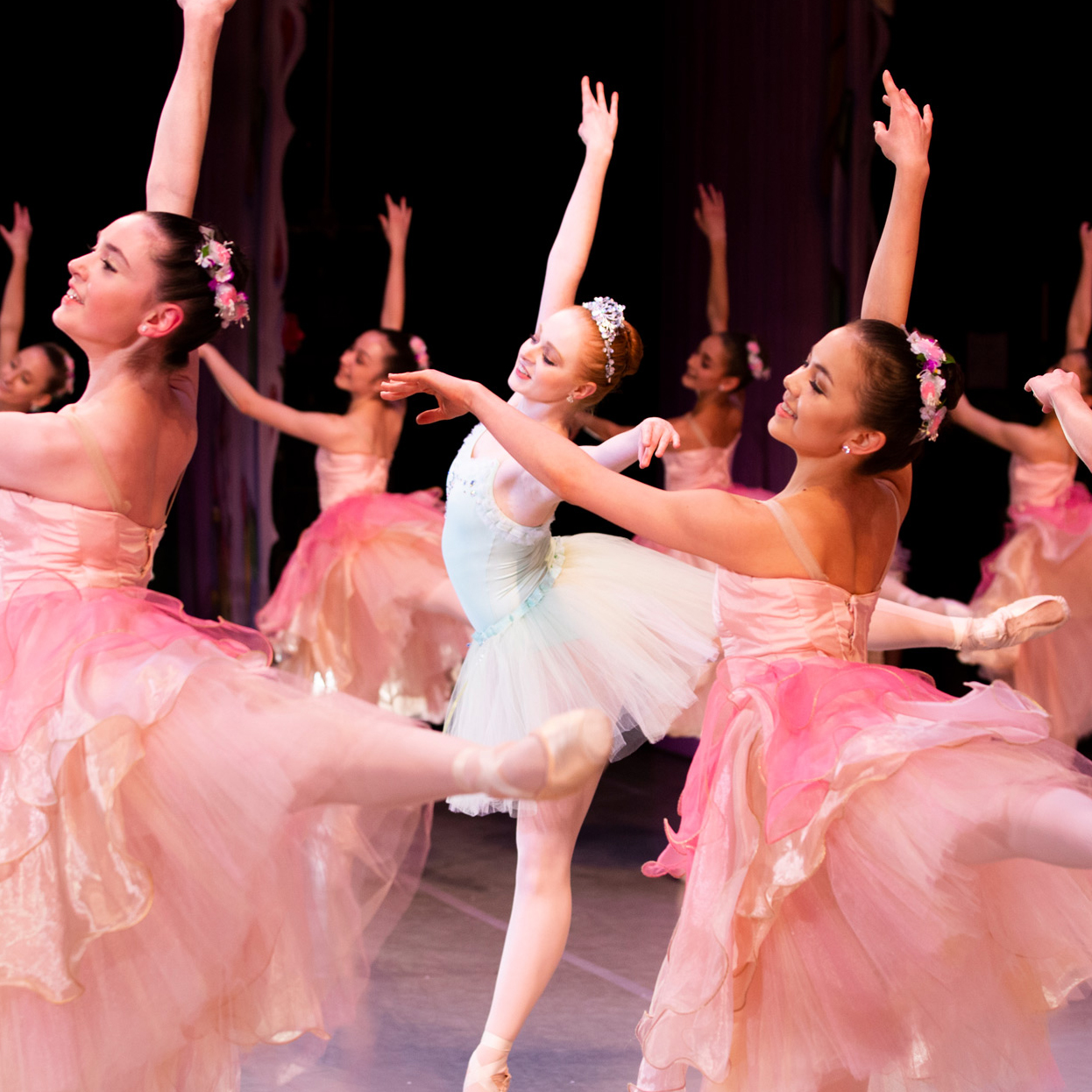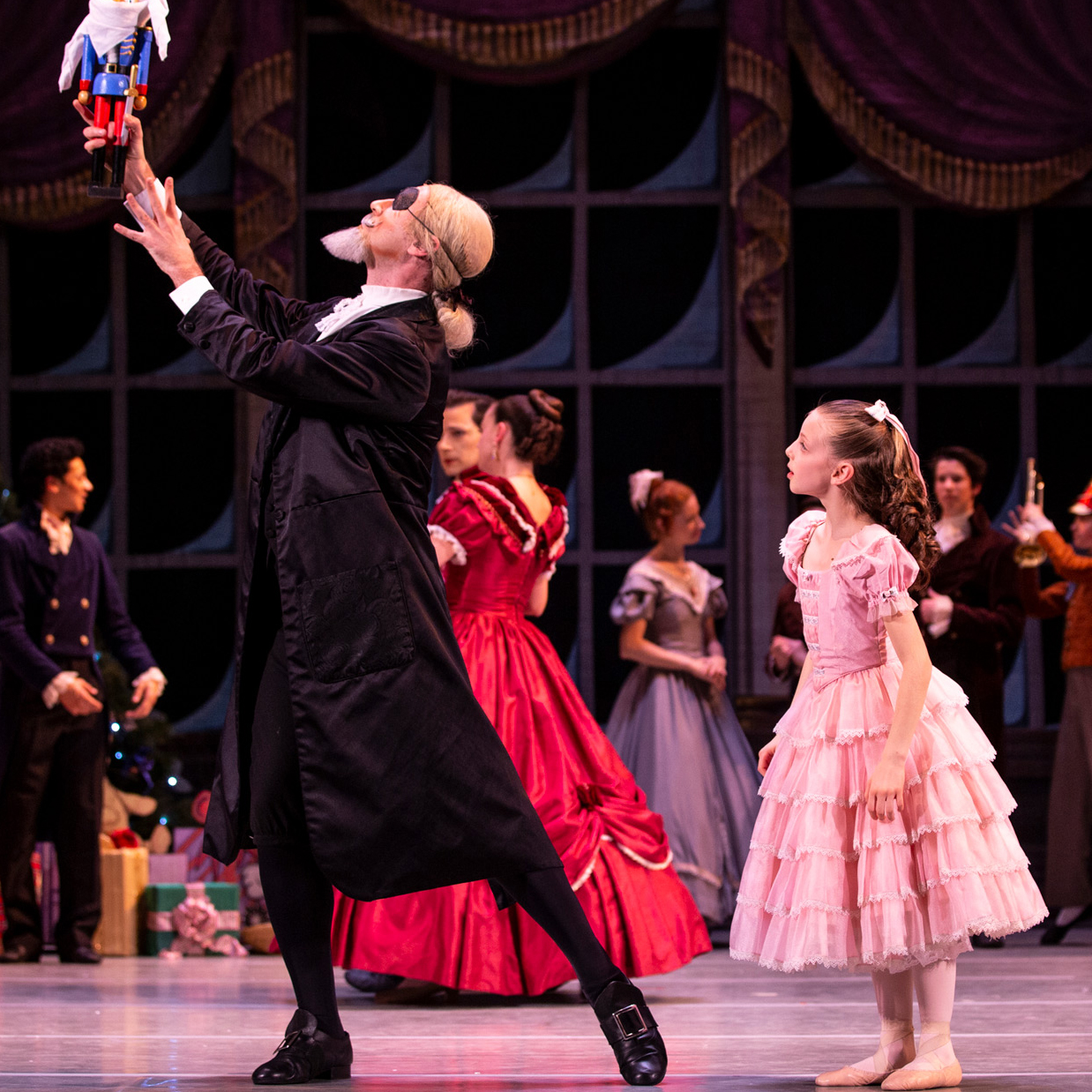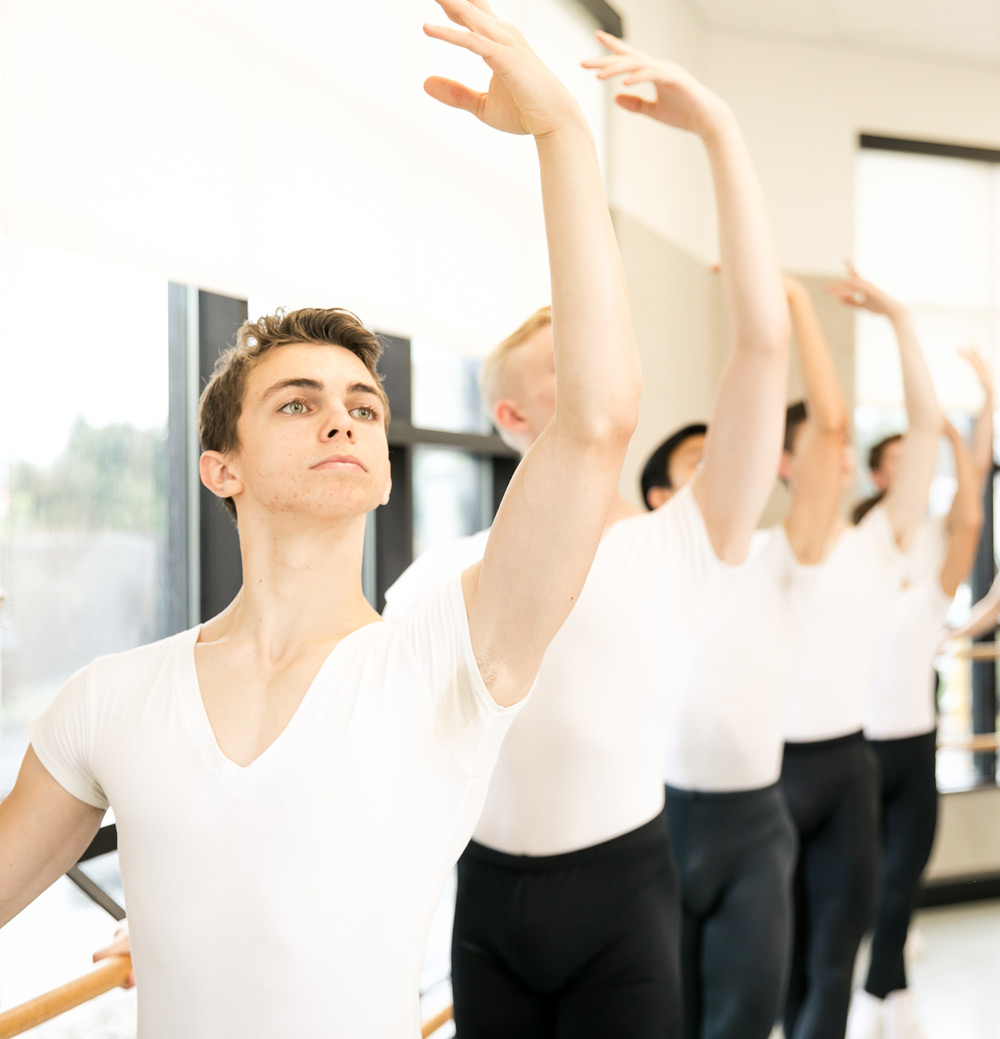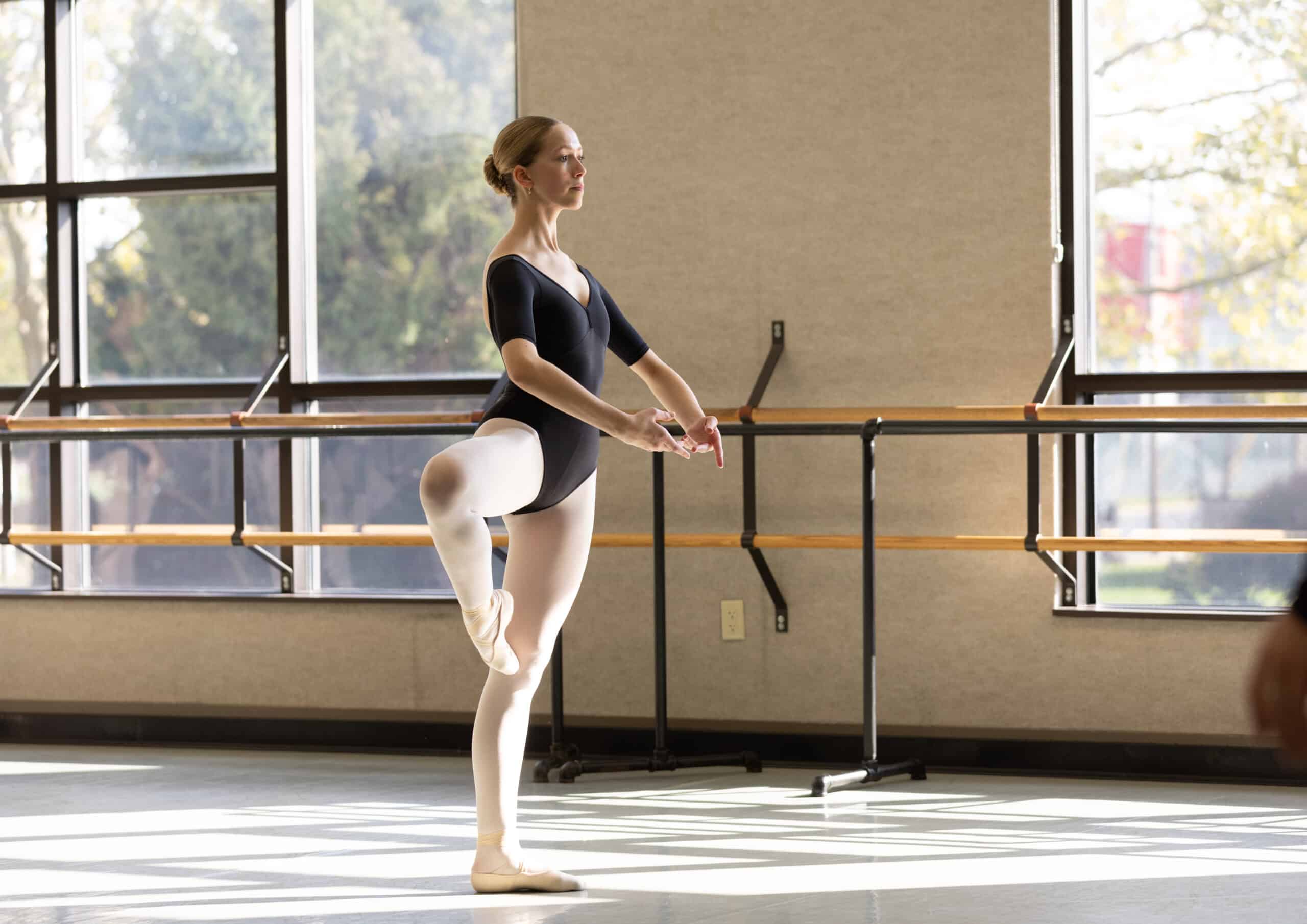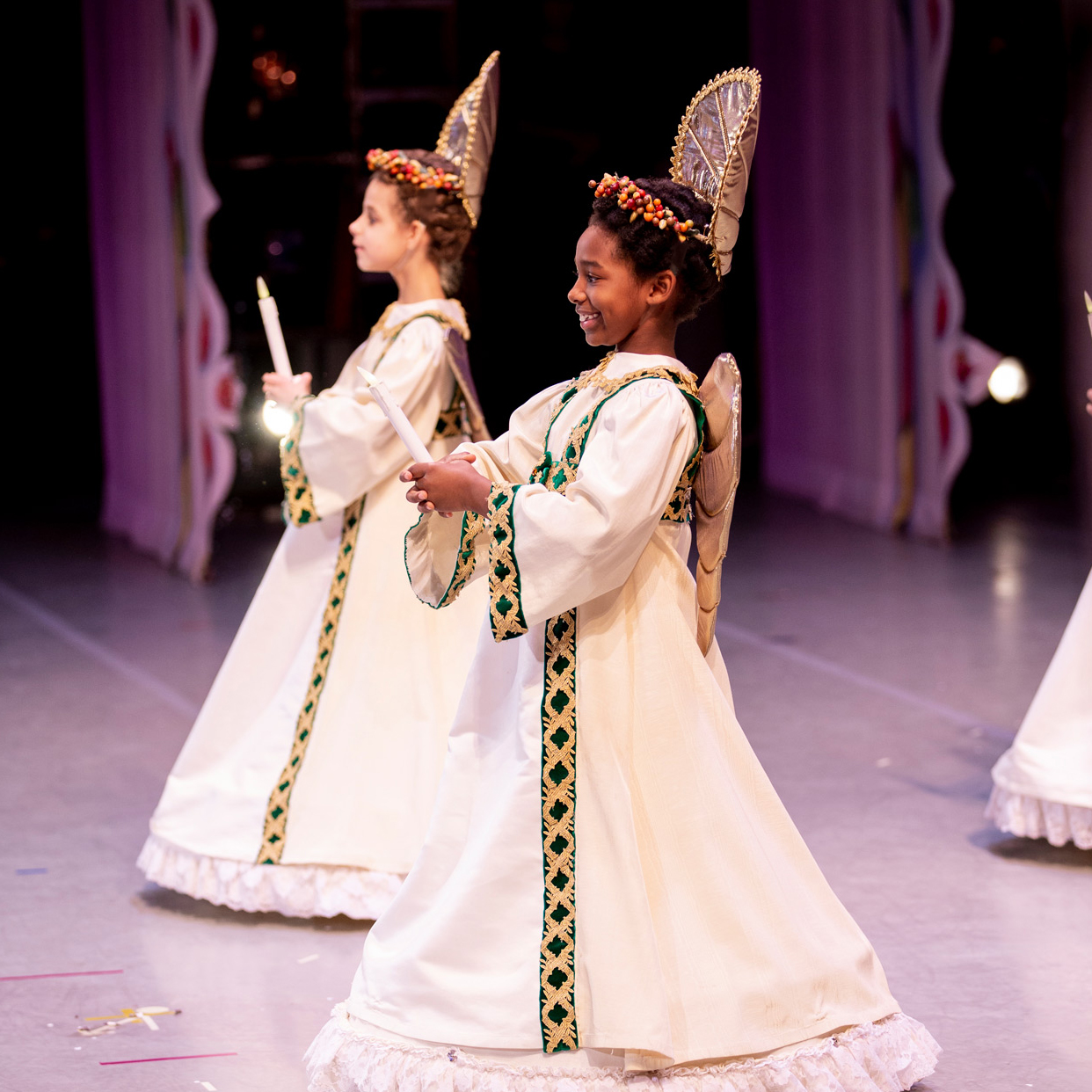Harnessing the imagination and creativity of preschool ballet students is key to stimulating the mind as they learn to grasp new maneuvers, concepts, and ballet techniques. Not only is the use of props in a preschool ballet class exciting and fun for children, but it also provides them with the freedom to explore their own inner creative selves, especially when learning to use props alongside increasingly complex concepts.
When incorporating props in your preschool ballet class, make sure their use is intentional, purposeful and a helpful learning tool for your students. Props without thoughtful consideration can serve as distractions for young students but implementing their use correctly benefits preschool by stimulating their creativity, dexterity, coordination, visualization and imagination.
If you oversee developing preschool ballet courses or if you are looking for dance prop ideas, here are a few to help get you started. Keep it simple at first by providing a single prop or by using them in one exercise to the focus stays on the dance content. As your students progress, more creative tools may be incorporated.
Props for Preschool Ballet Students
Some props for boys and girls who are enrolled in preschool ballet might include:
- Scarves
- Ribbons
- Small bean bags
- Hula hoops
- Rhythm sticks
- Fabric pieces
- Cones
- Tambourines or other small instruments
- Colorful placement dots or sitting mats
- Shapes (hearts, polka dots, unique shapes, etc.)
Activities Using Props
Here are a few examples of activities that incorporate props for your preschool ballet class:
- Obstacle course: Create a dance sequencing activity that also explores space and utilizes props. For example, tiptoe walk around the cone, balance inside of the hula hoop, make 4 sounds with the rhythm sticks then leap over the ribbon.
- Teaching concepts of space: Using the hula hoops helps students understand spatial concepts Such as inside, outside, around, over under, right and left. Simple movements like jumping inside, hopping around, balancing next to the hoop will help your preschoolers develop an understanding of how their bodies relate to another object spatially.
- Directed free dance: Incorporating scarves or ribbons in directed free dance activities allows your dancers to create, express and explore their movement with the music. If you are working on a concept like slow and fast, scarves and ribbons are excellent learning tools. In addition to moving their body as directed, the preschool ballet student can also use their prop to express those tempo changes.
Benefits of Using Props During Dance Activities for Preschoolers
The use of props during ballet and dance courses can provide benefits for both students and teachers, such as:
- Adding visuals to the exercise: Props can benefit and enhance a previously introduced classroom activity by adding a visual aid. They can see how music relates to movement by making the scarf move from slow to fast or from smooth to sharp.
- Increased focus: With limited distractions and minimal conversation, your students will be more focused on what you have to say and teach.
- Boosted creativity: If you are looking for a way to help your preschoolers get a bit creative, using props is an excellent approach. Props can help your preschoolers unlock their inner creativity and associate fun times with learning ballet.
Basic Dance Activities for Preschoolers
Once you have stocked your classroom with props, you can begin to flesh out the course itinerary, concepts and exercises that work best for your preschoolers. For example, to make your preschoolers comfortable at the beginning of each class, consider introducing the following activities and dances before you start the main lesson of the day:
- Have your preschoolers sit on the floor in a designated space that is their own. Instruct your students to point and flex their toes between 3 and 5 times, followed by reaching for their toes to complete the exercise. Have your students complete this 3-5 times in total.
- Direct your students to warm-up by practicing some basic elements of movement staying on their assigned mat or dot spot. Some examples include bend, twist, reach, melt, swing and sway. You can explore different textures, timing and music selections.
- Have your students practice a rhythm or sequencing exercise at the start of each class to stimulate their brains and bodies. This can include any simple elements of movement, practiced within a set pattern and timing. For example: 4 claps, 4 bounds, 4 jumps then balance for 4 counts. Try this without music first then add music at an appropriate tempo. Once you’ve done it with them several times, see if they can remember the pattern on their own.
- Have your student do a few stretches to calm classical music. Practice a butterfly stretch by pretending to glue the bottoms of their shoes together then reach forward to touch their nose to their toes. After stretching forward, remind them to return to tall dancer backs in their butterfly position. They can also practice stretching like a seal or mermaid by rolling on their tummies and pressing up on their hands and touching their toes to their head.
- Introduce some foundational ballet vocabulary and terminology. Preschoolers practice these steps in parallel positions of the legs and feet. Bending the knees with a tall straight back for plié then jumping high in the air with stiff knees and pointed toes for sauté.
- Practice movements of the arms to introduce beginning port de bras. Direct them to pretend to glue their hands together high above their head then peel them apart to make a frame for their face to create a 5th position of the arms your preschoolers will understand. You can also practice beautiful butterfly wings and soft paint brush hands and fingers.
These are just a few activities to prepare your preschool ballet students for your daily lesson while helping them to maintain their focus throughout the process. What are some of your favorite ways to introduce props in preschool ballet classes? Share in the comments!
